Multimodal ciliary photoreceptors for UV and pressure sensing in marine zooplankton
University of Sussex
April 24, 2025
Gáspár Jékely
Centre for Organismal Studies, Heidelberg University
@jekely@biologists.social
Responses of marine animals to changes in pressure
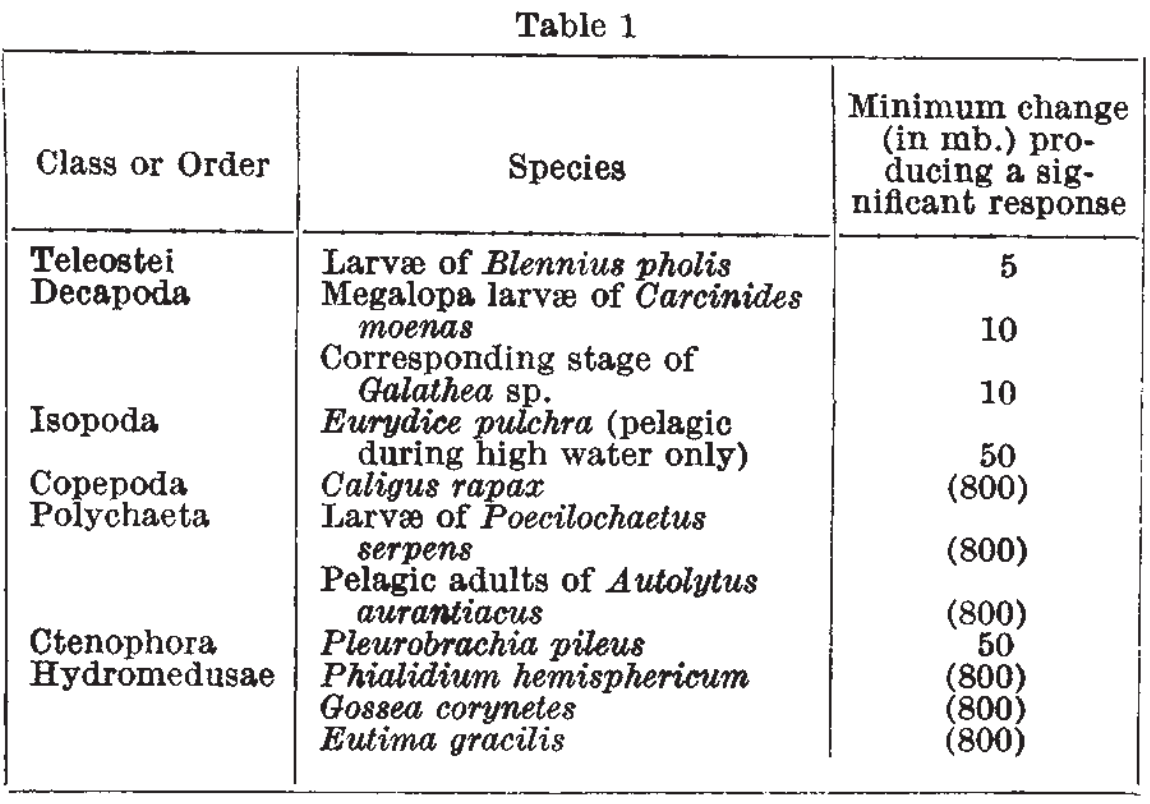
Platynereis dumerilii
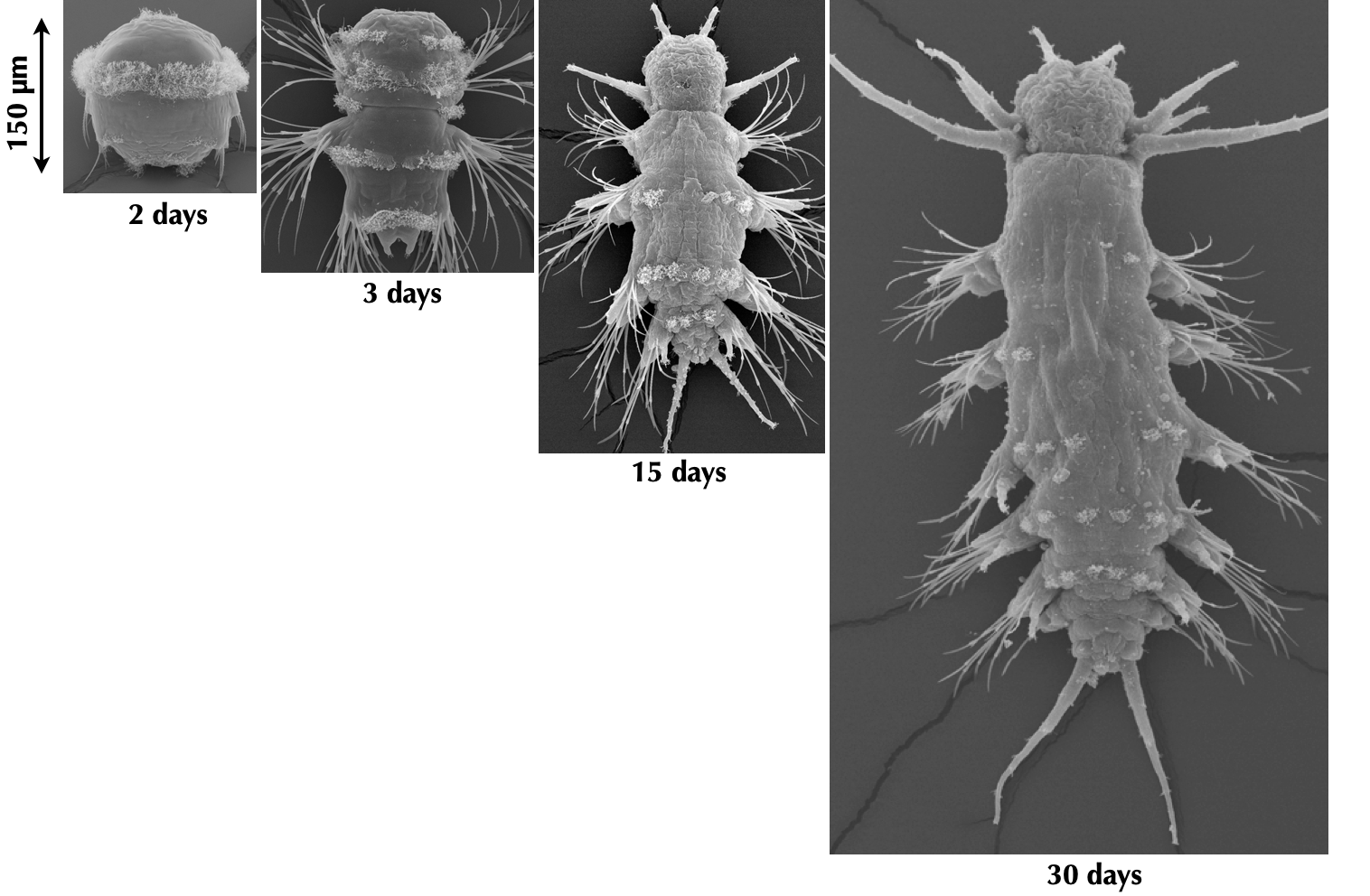
- breeding culture, full life-cycle
- embryos daily, year round
- genome sequence
- microinjection, transgenesis
- neuron-specific promoters and antibodies
- knock-out lines
- neuronal connectome
- whole-body neuronal activity imaging
- whole-animal pharmacology by bath application 😎
Platynereis dumerilii
Spawning
movie by Albrecht Fischer
Synchronously developing larvae
Pressure response in Platynereis larvae

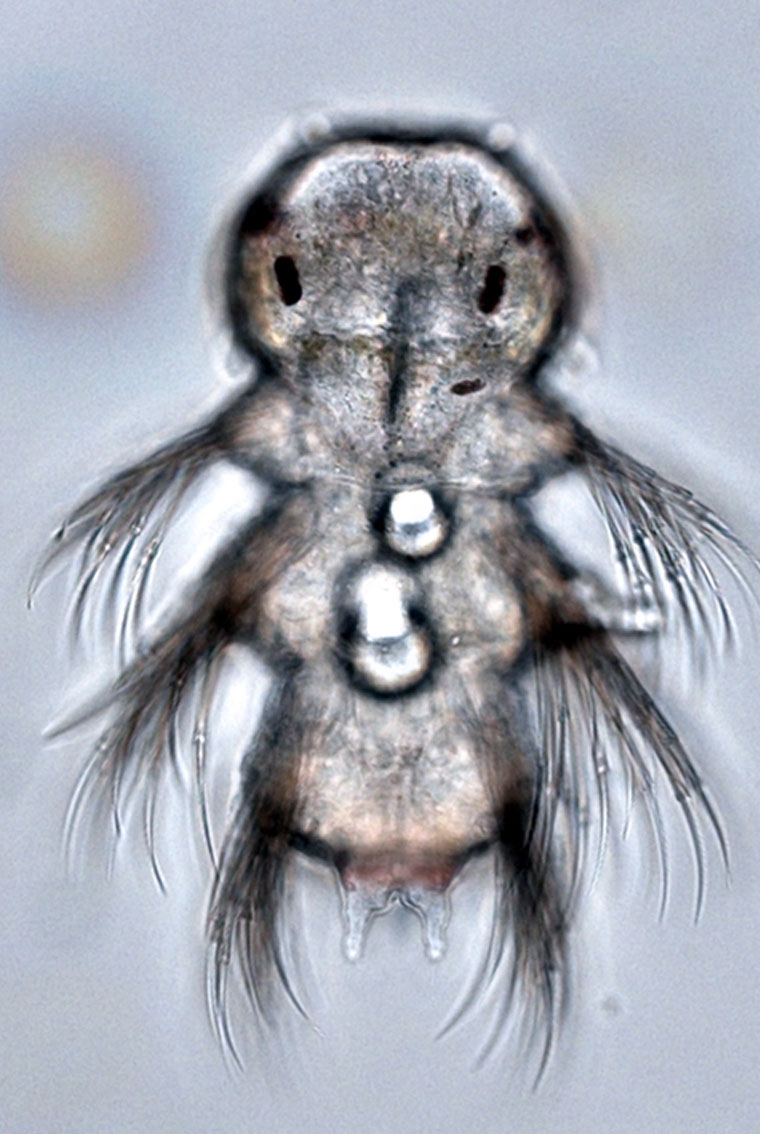

Precise control of pressure in the pressure chamber


Pressure response is graded
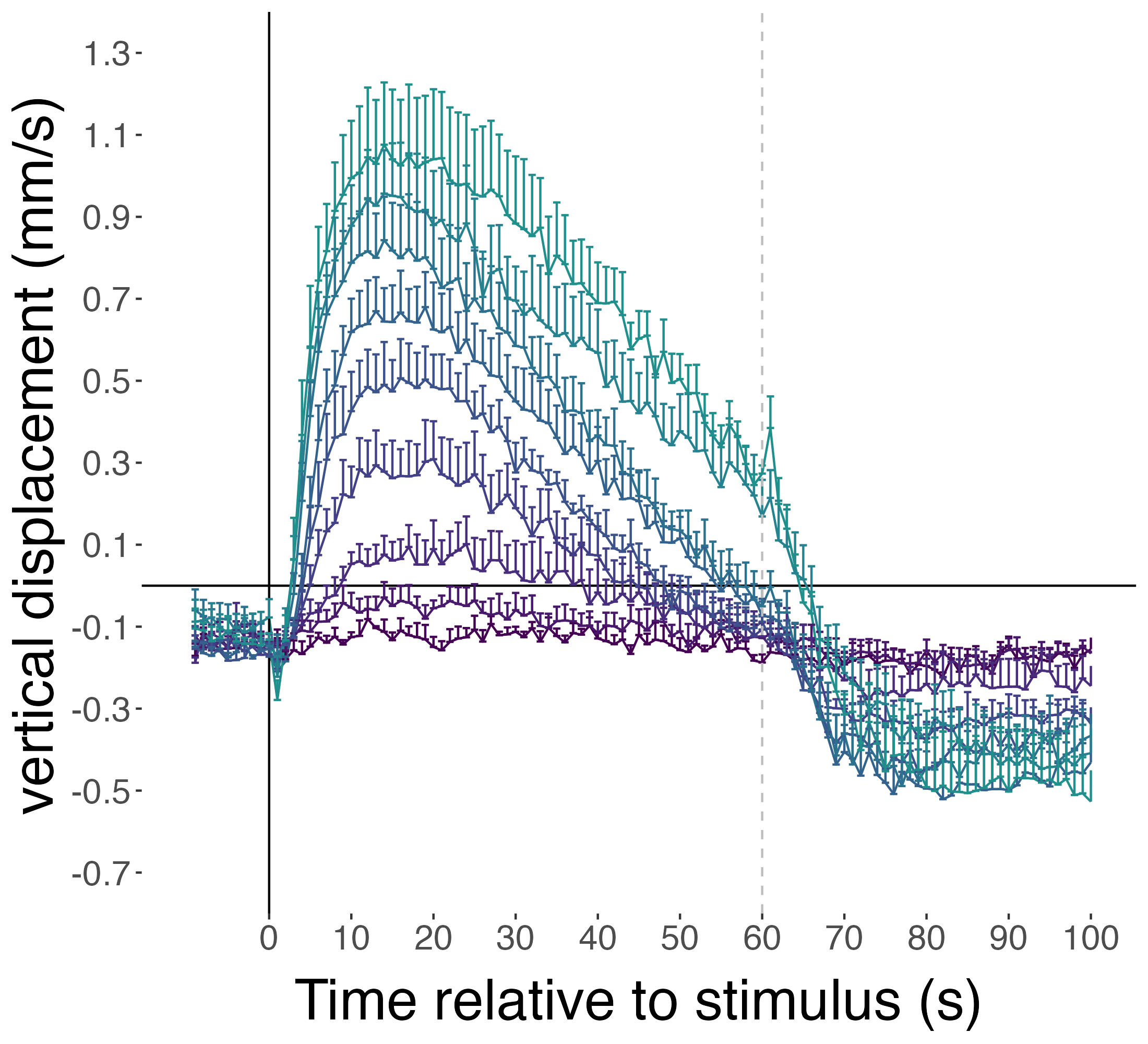
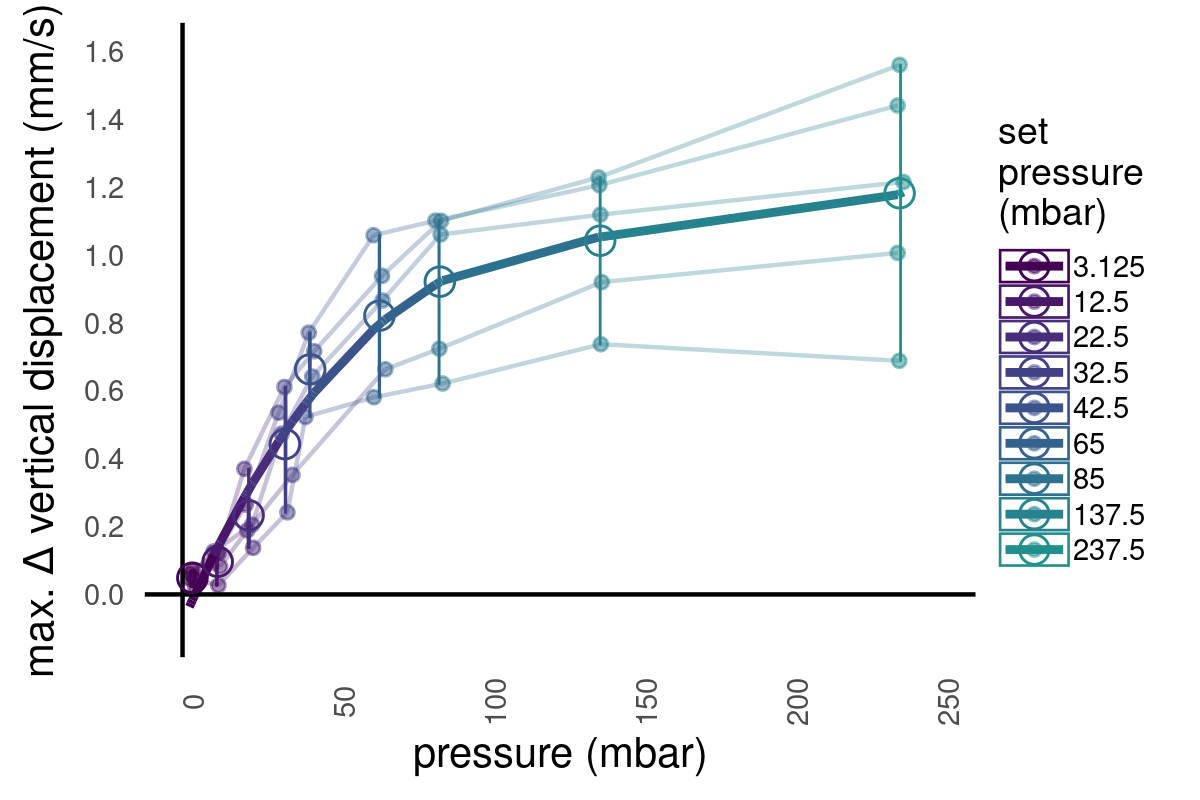
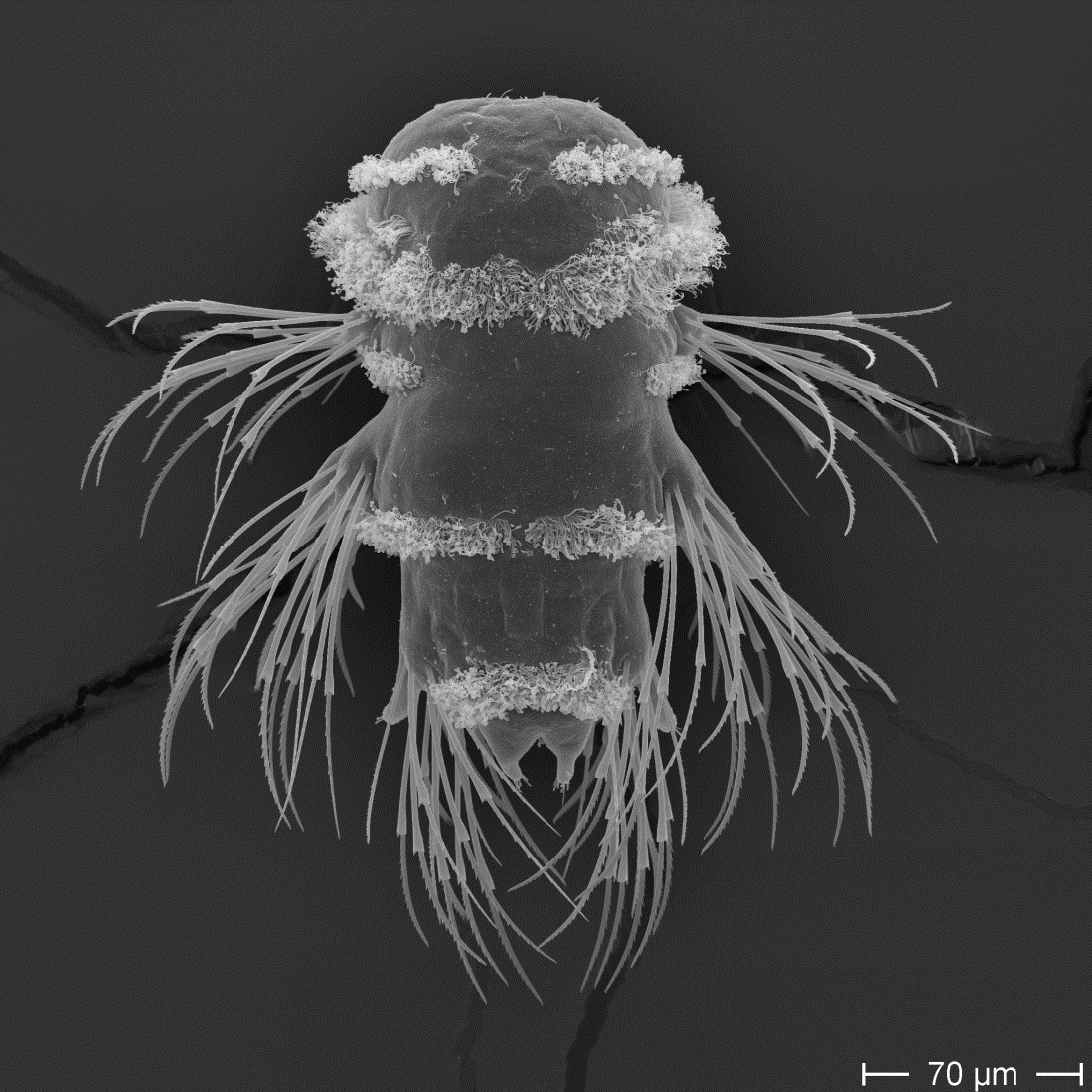
Swimming speed increases, trajectories straighten
 ctr
ctr
 pressure
pressure


Ciliary beating increases under pressure
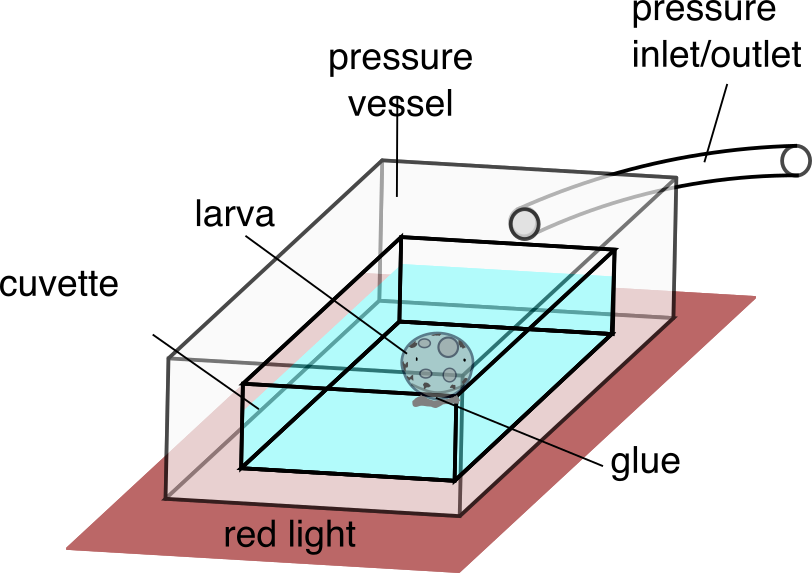

Which cells respond to pressure?
Microscopy pressure chamber 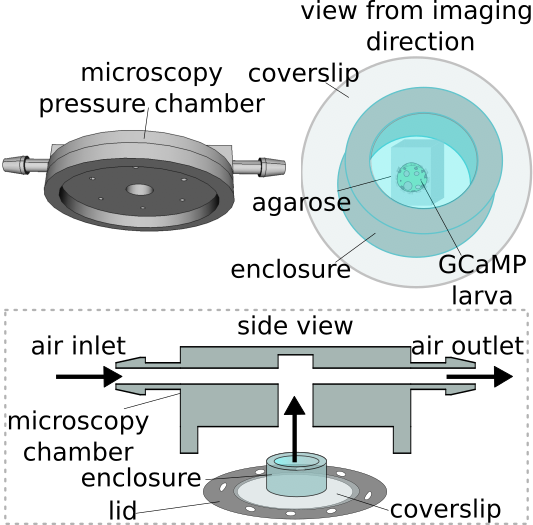
Calcium imaging 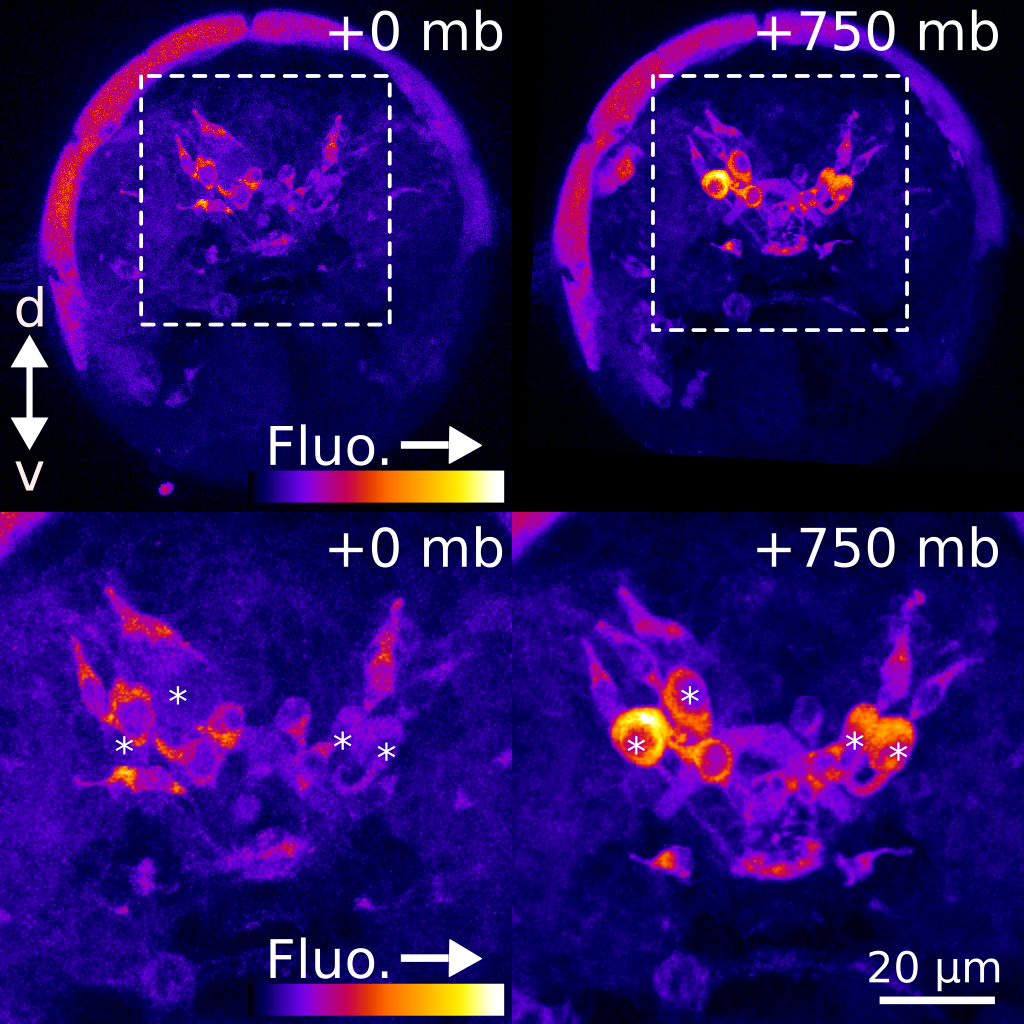
Pressure is sensed by photoreceptors with ramified cilia

Photoreceptor responses to pressure are graded
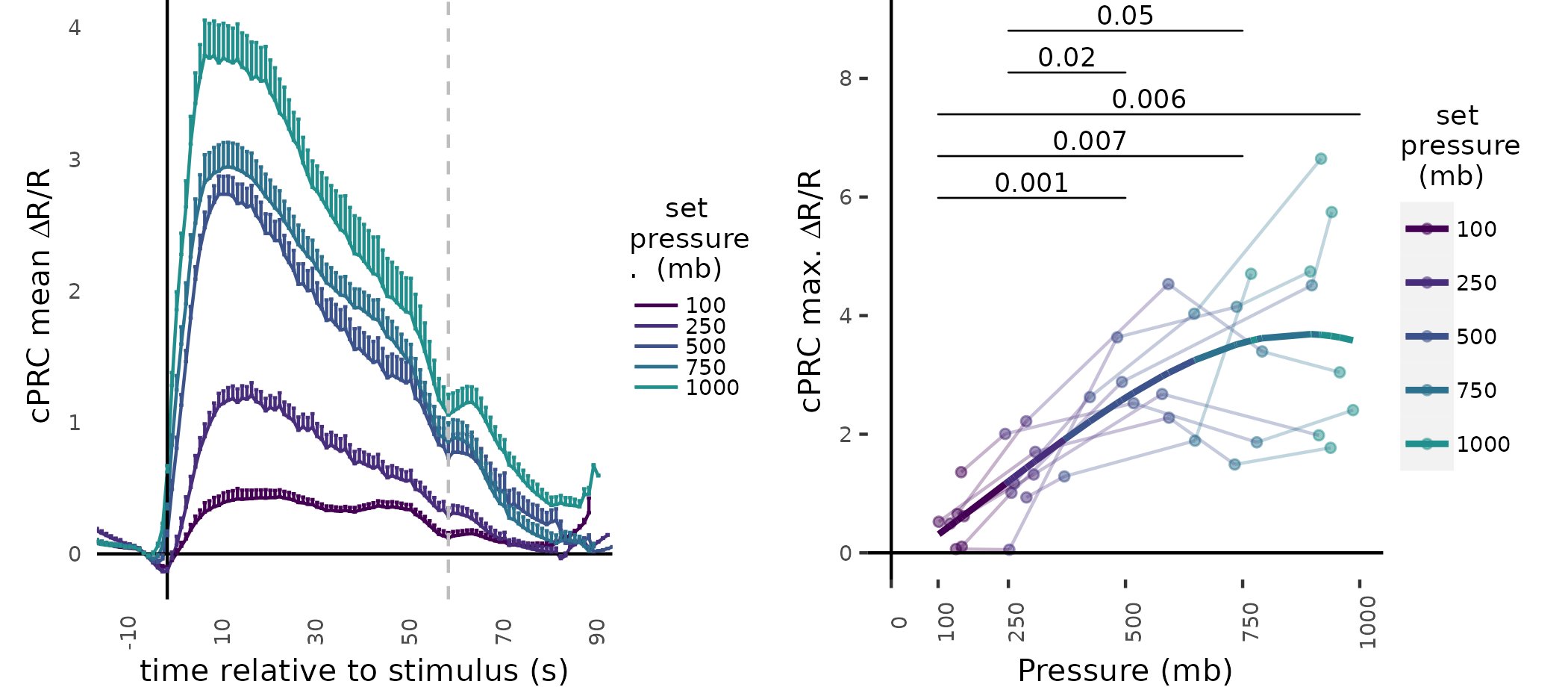
Defects of pressure response in c-opsin1 mutants
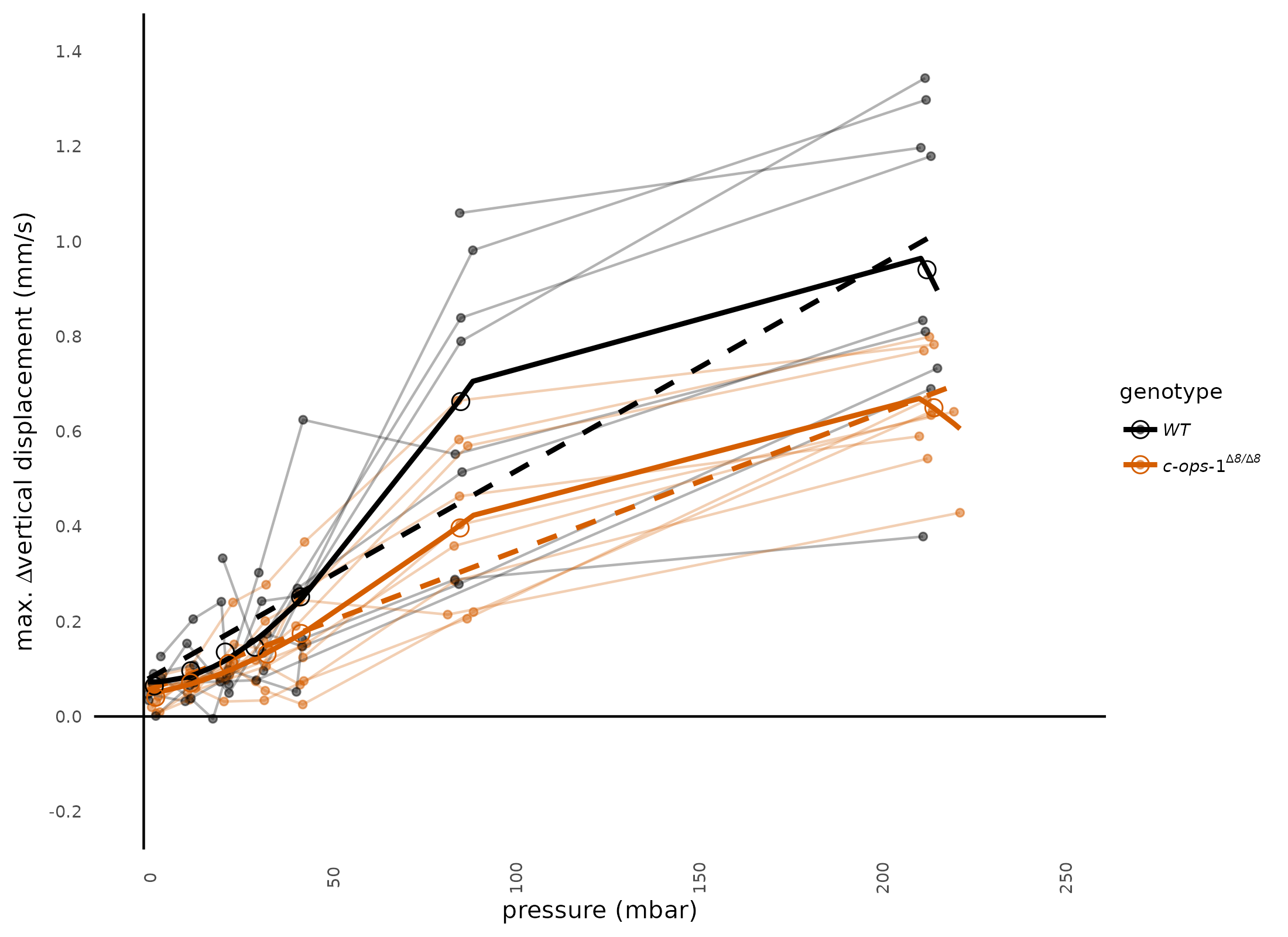
Reduced ciliary compartment in c-opsin1 mutants
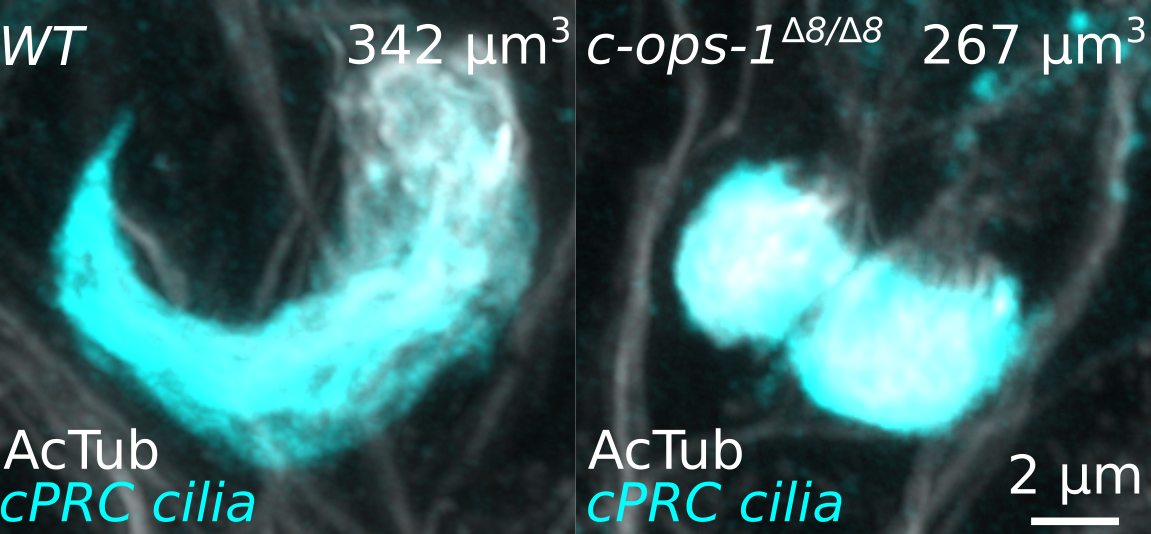
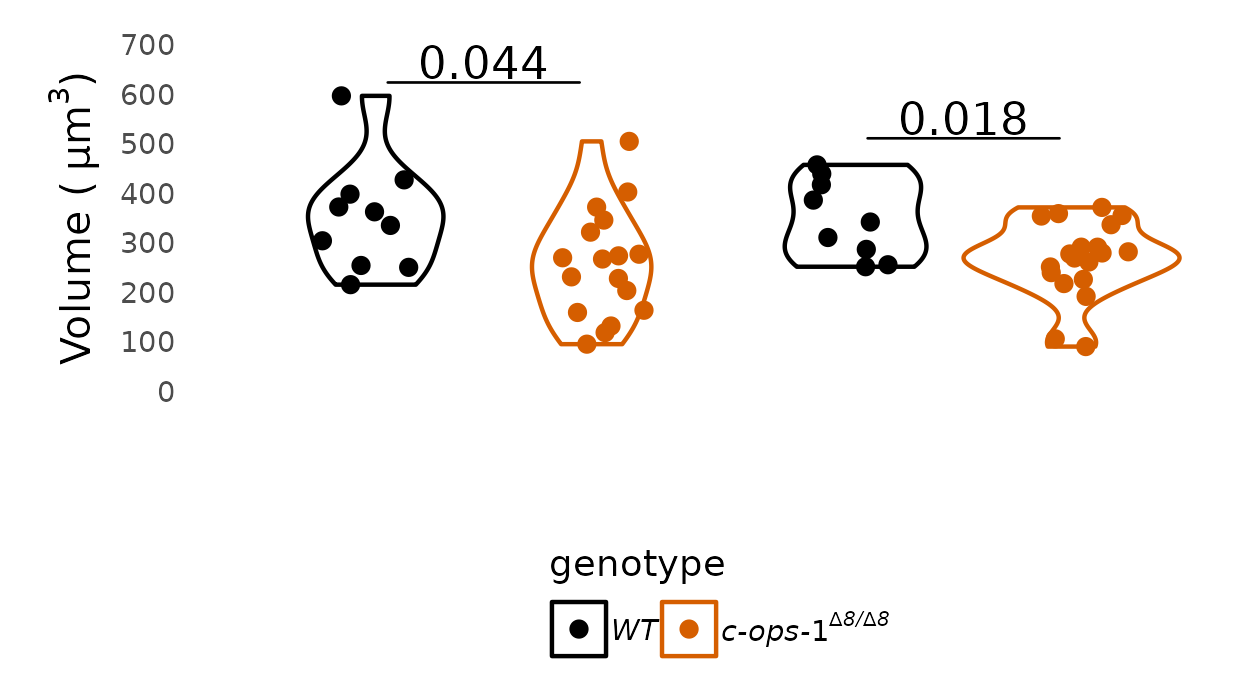
Defects of ciliary ultrastructure in c-opsin1 mutants
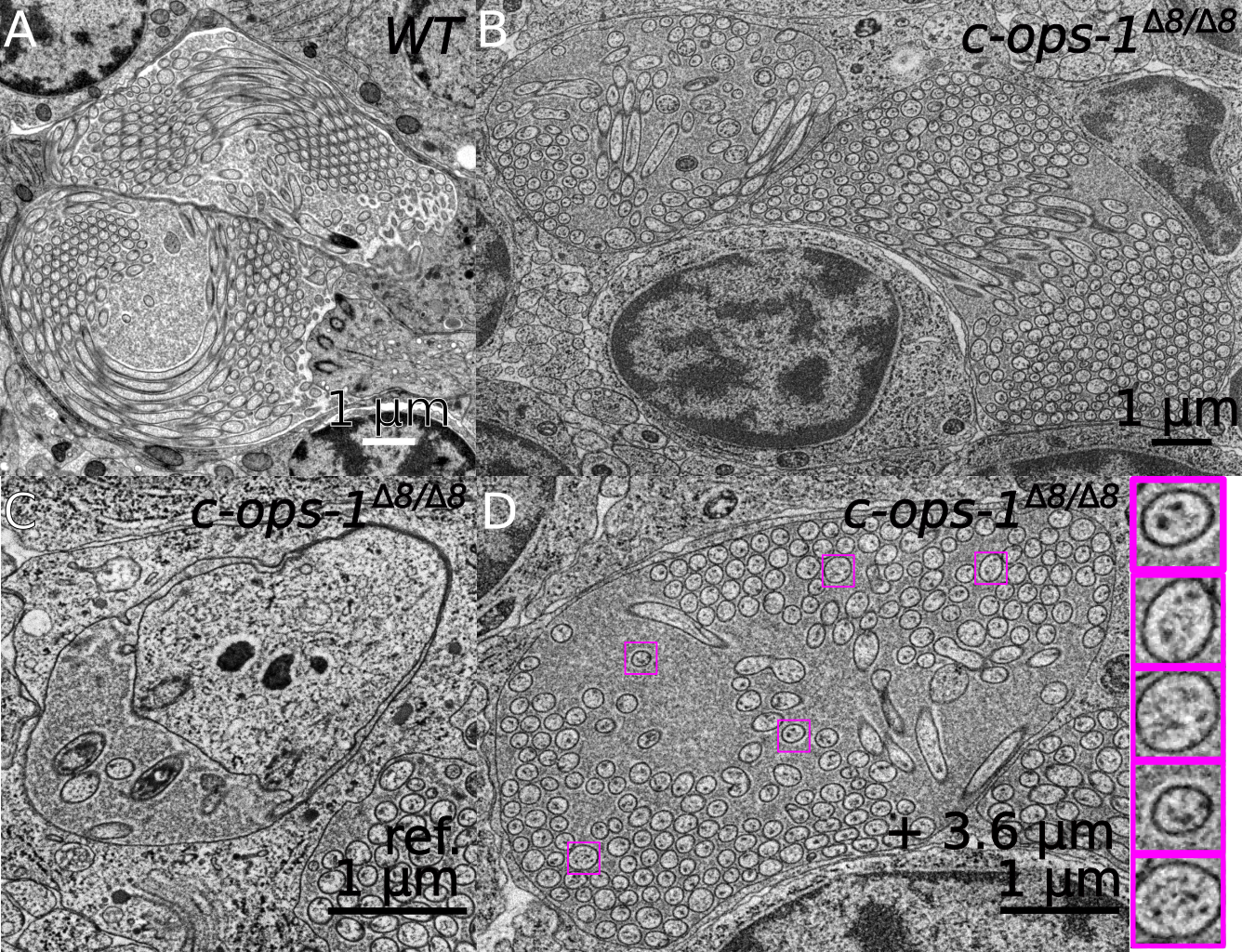
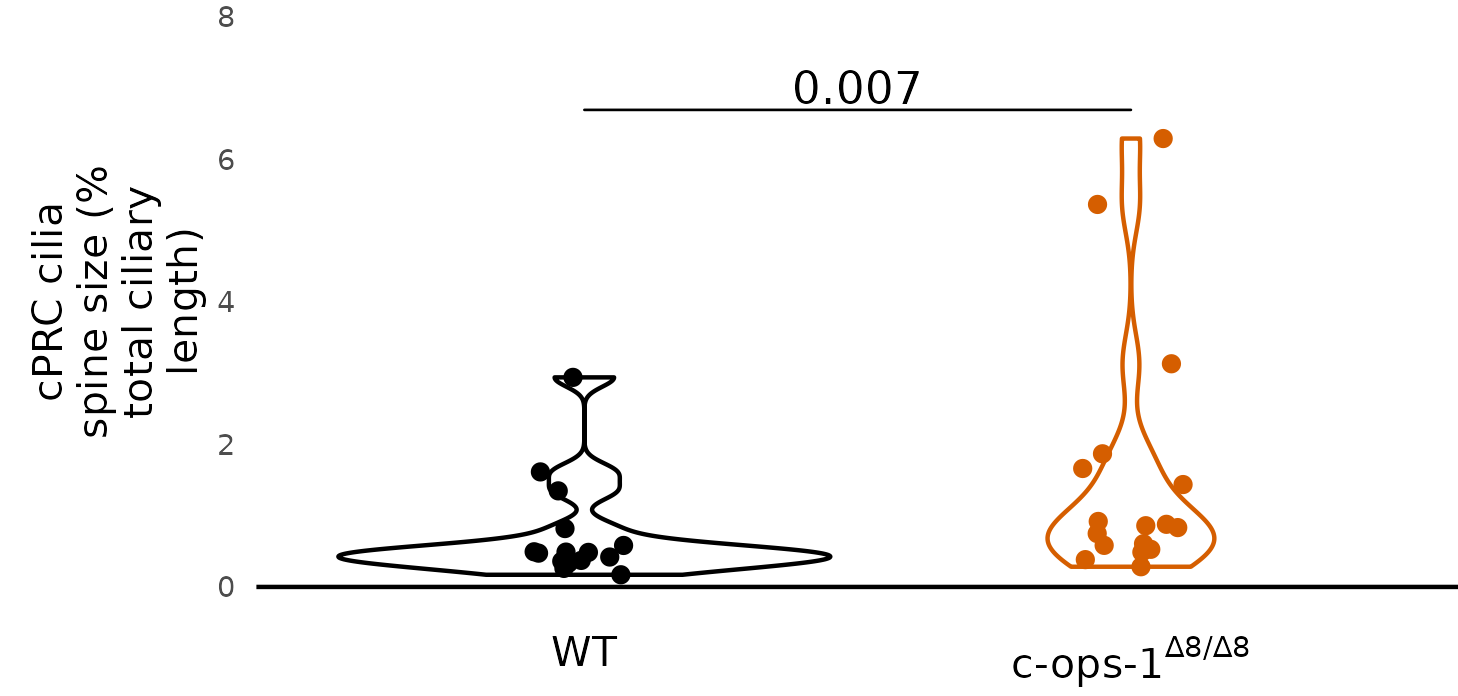
Whole-body volume EM of an entire three-day-old larva
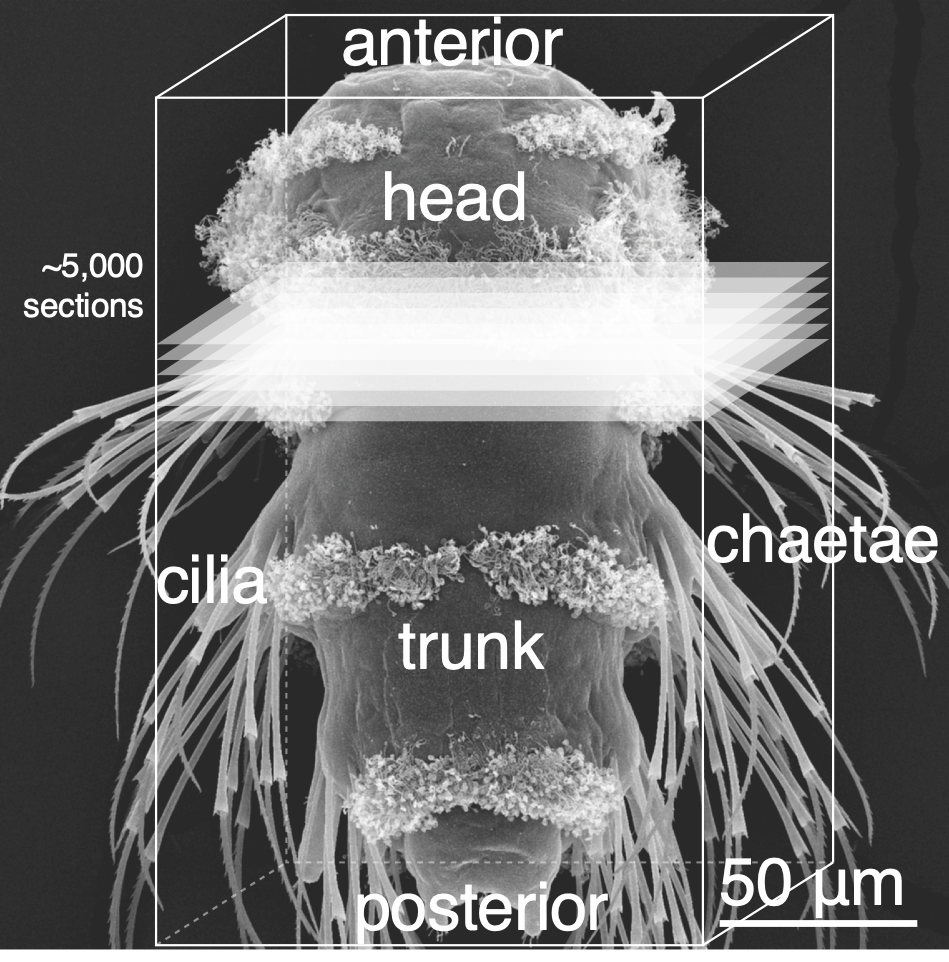
Synaptic connectome

Synaptic connectome
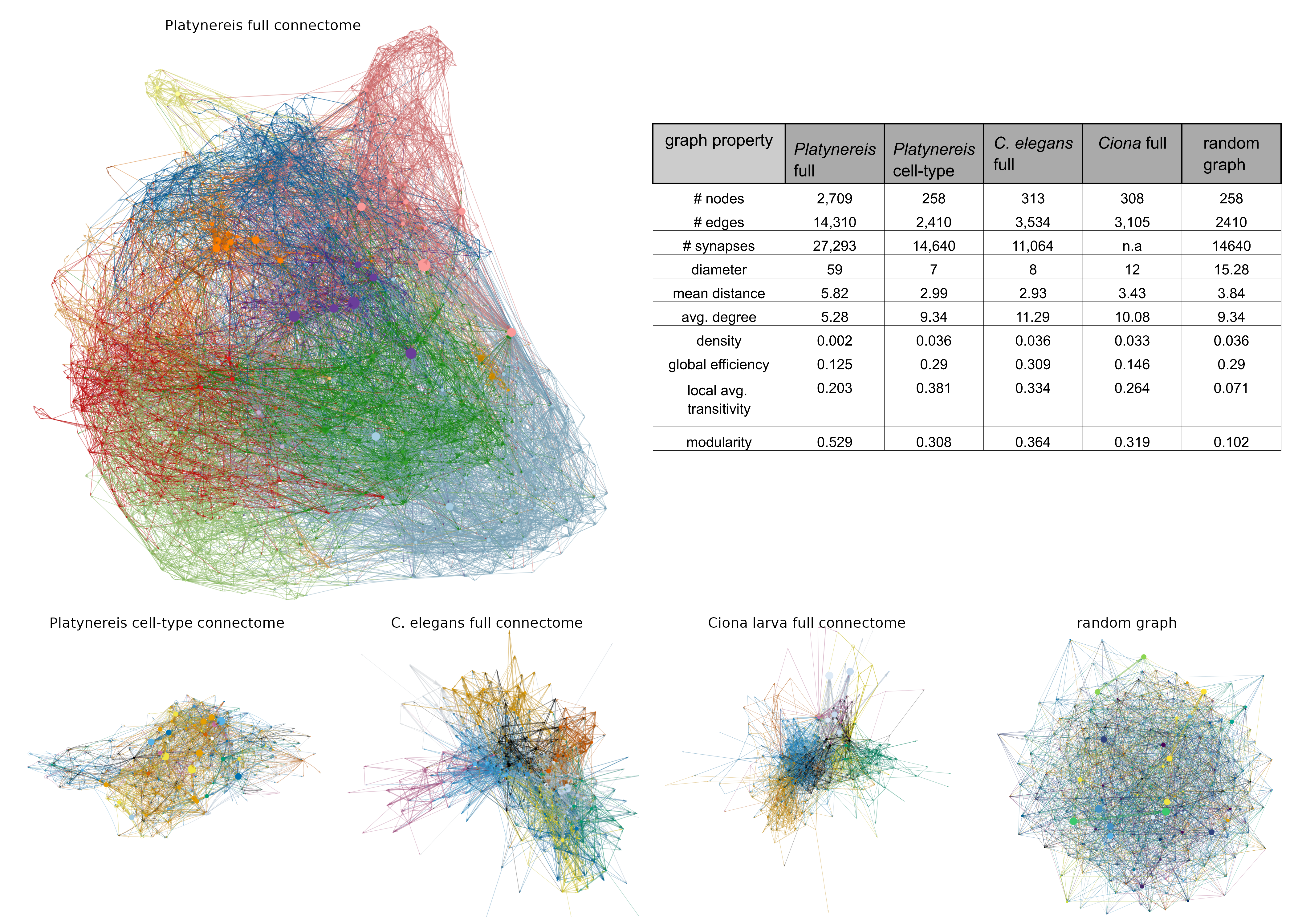
Head neuropils and connectivity
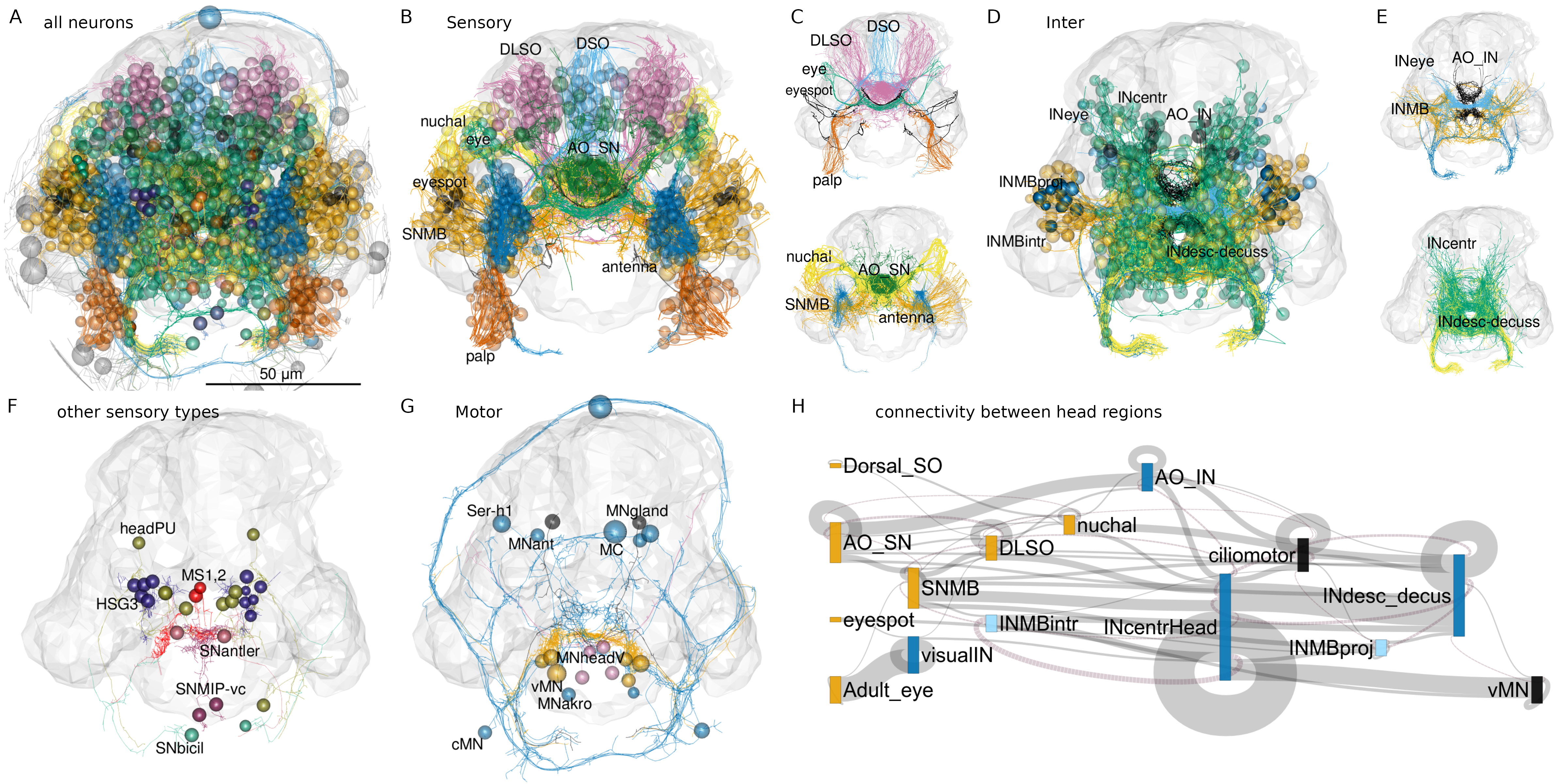
Circuitry of ciliary photoreceptors
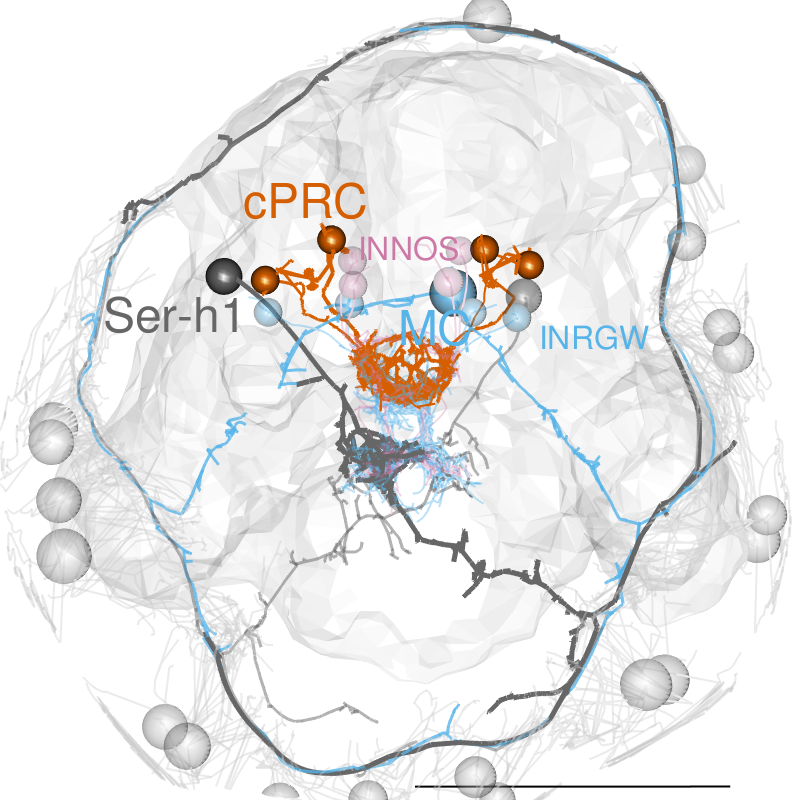
Serotonergic neurons to activate cilia
Ser-h1 neurons, EM reconstruction
Pressure increases ciliary beating through serotonergic cells
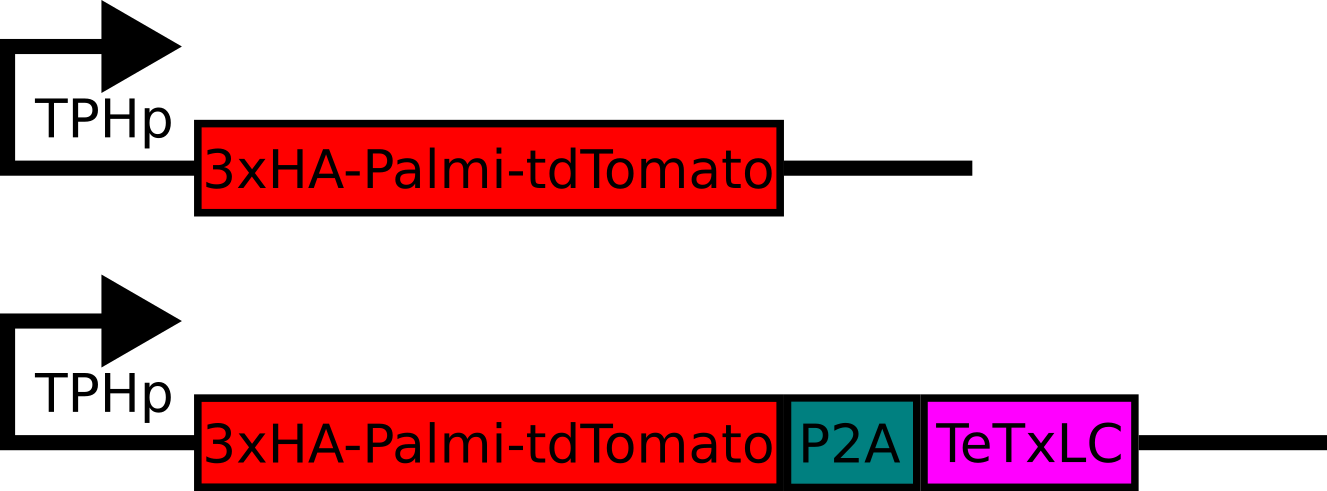
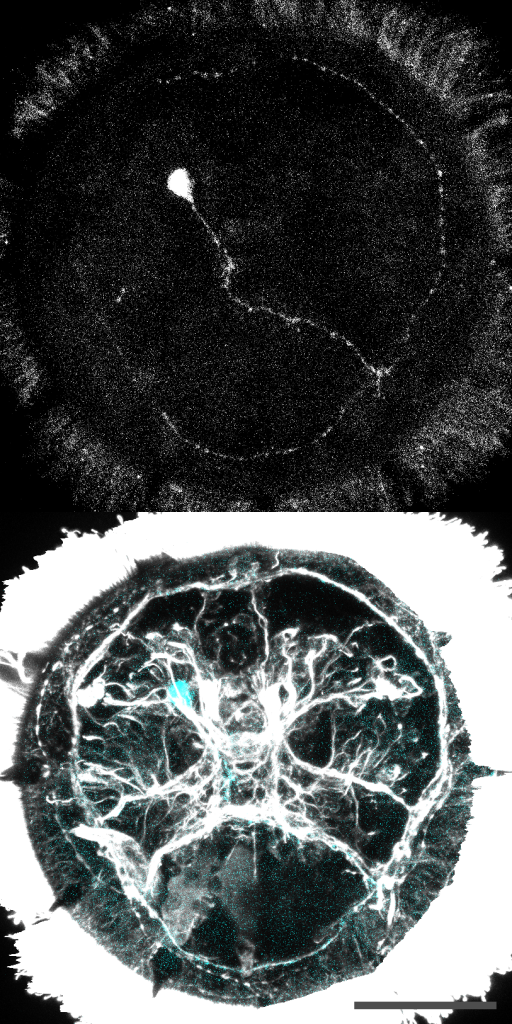

Mechanism of barotaxis
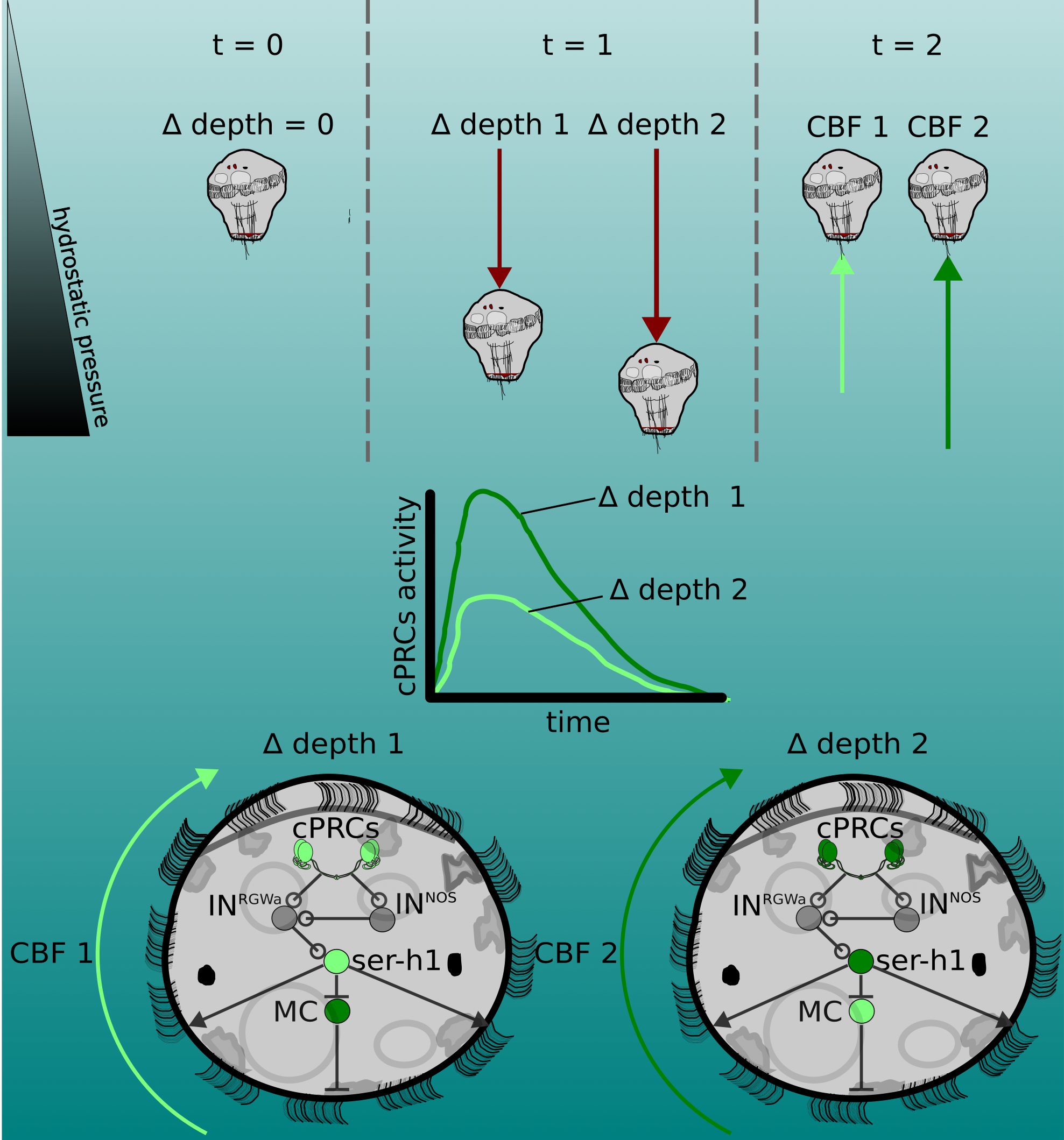
UV response in Platynereis larvae

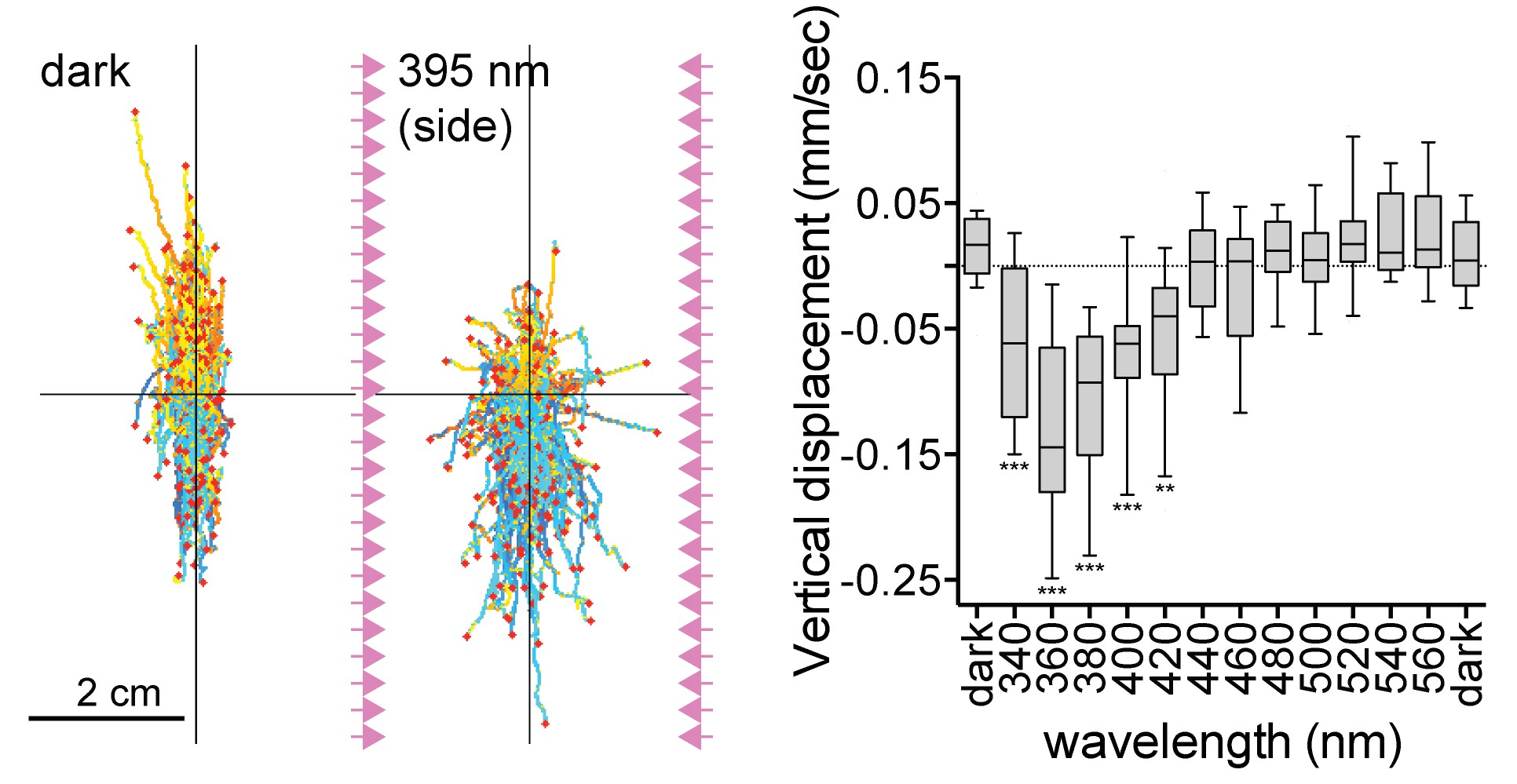
UV avoidance is dependent on c-opsin1

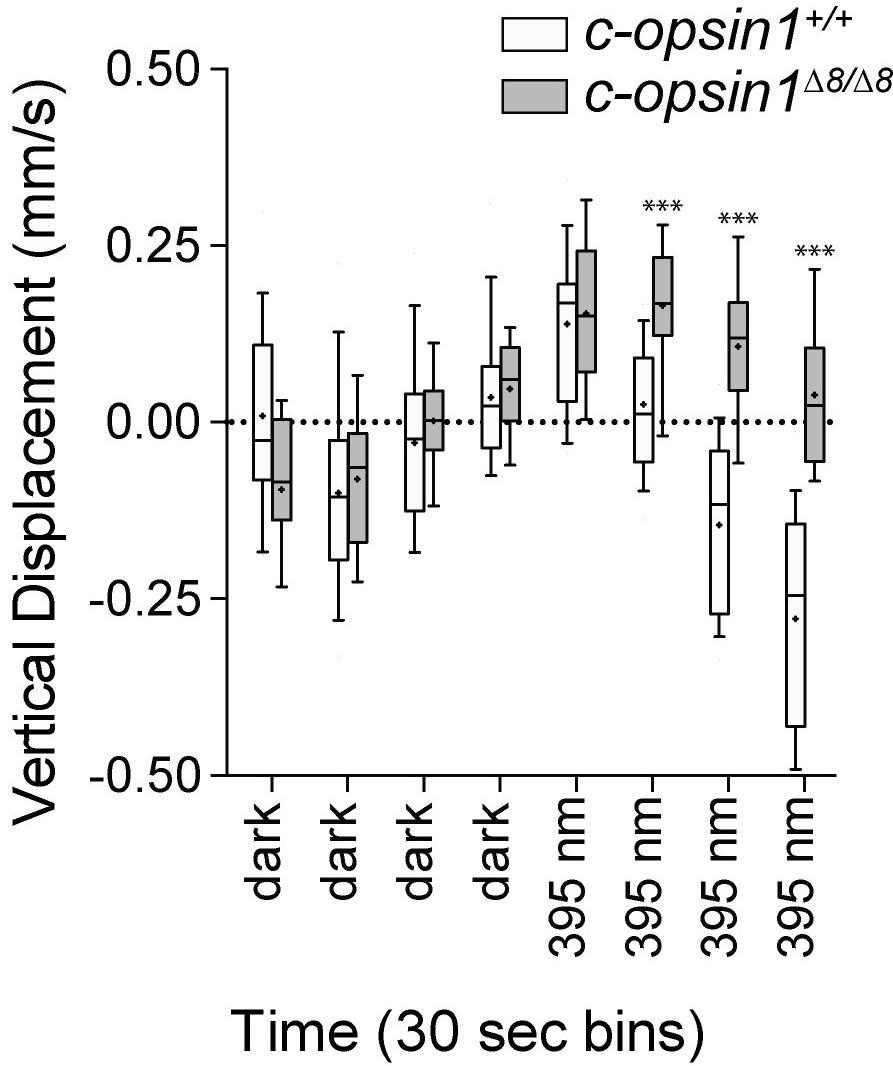
How can cPRCs mediate two responses with opposing sign?

c-opsin1-dependent UV response
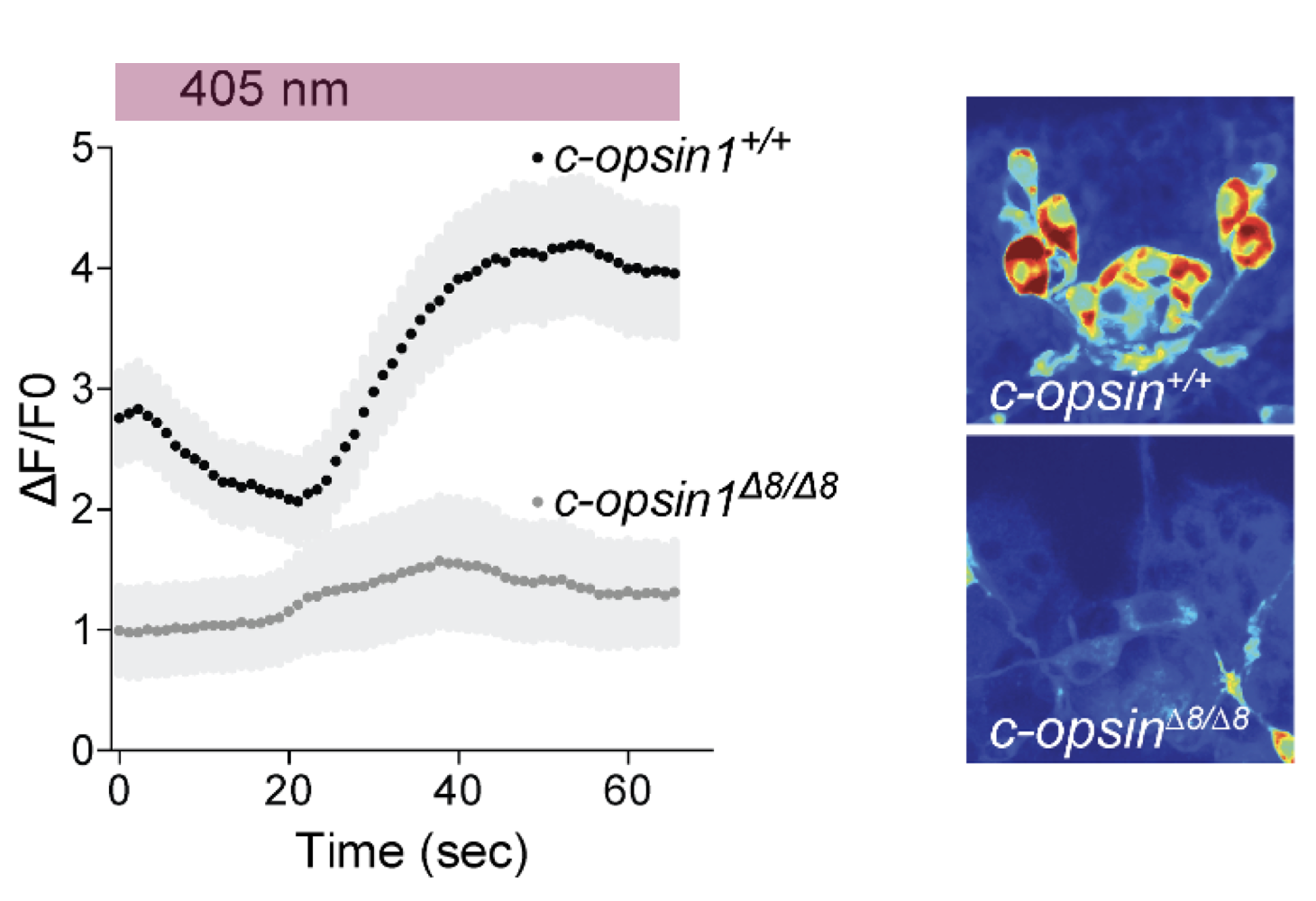
Strong cPRC activation after UV exposure
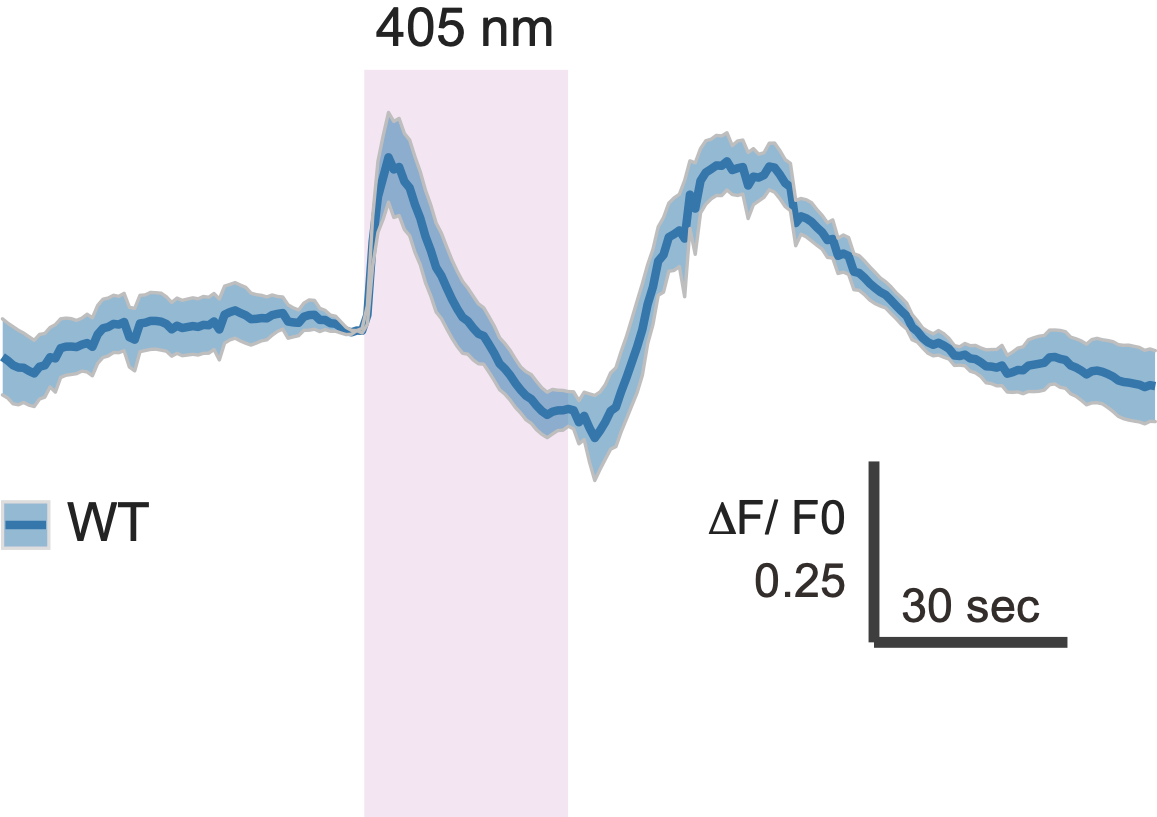

Nitric-oxide synthase in postsynaptic interneurons

HCR
Transgenic labelling
immunostaining
NO is produced in the neuropil after UV stimulation

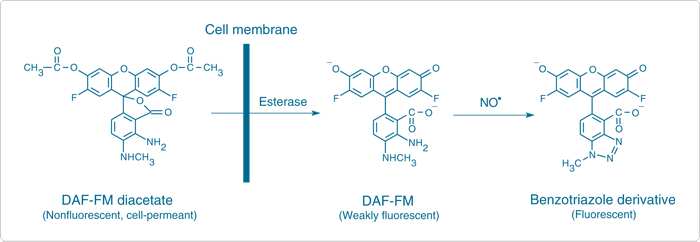
NOS mutants have altered cPRC response
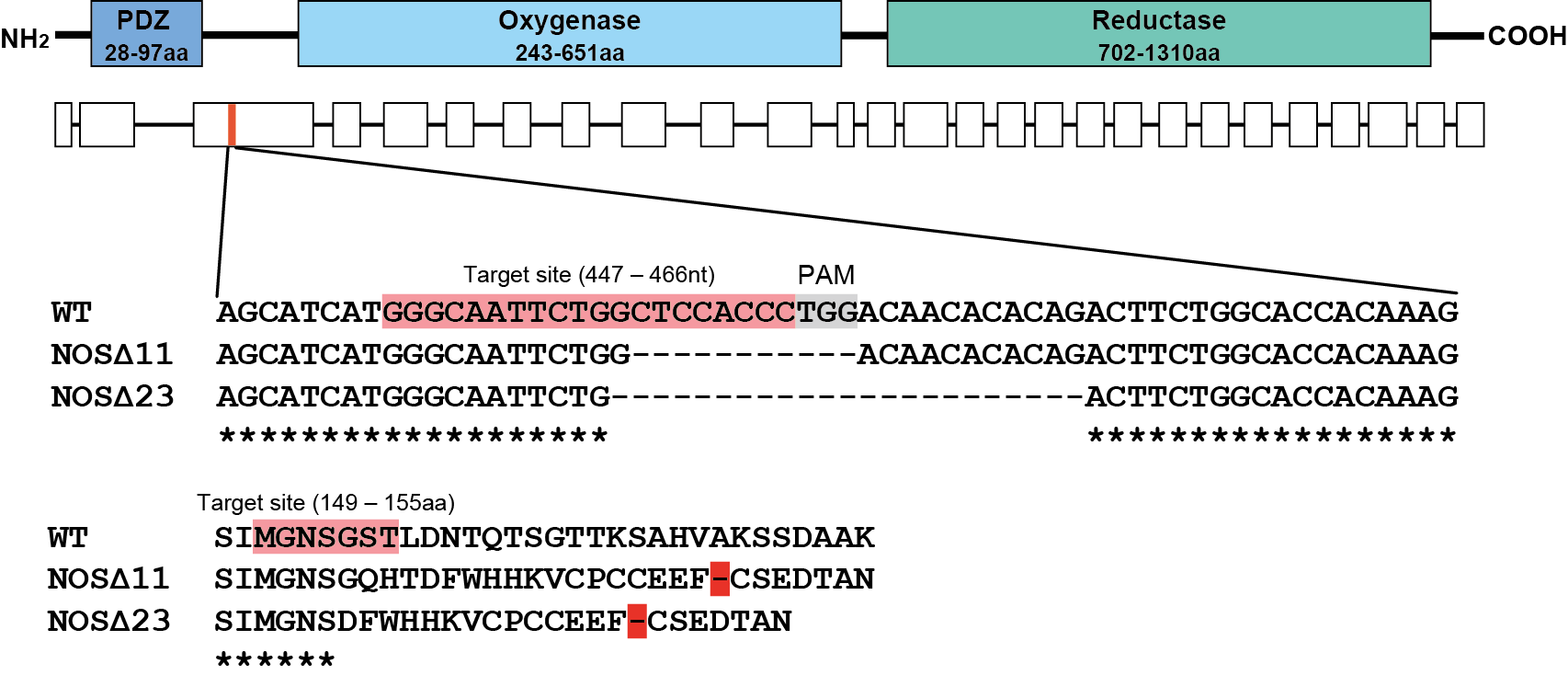
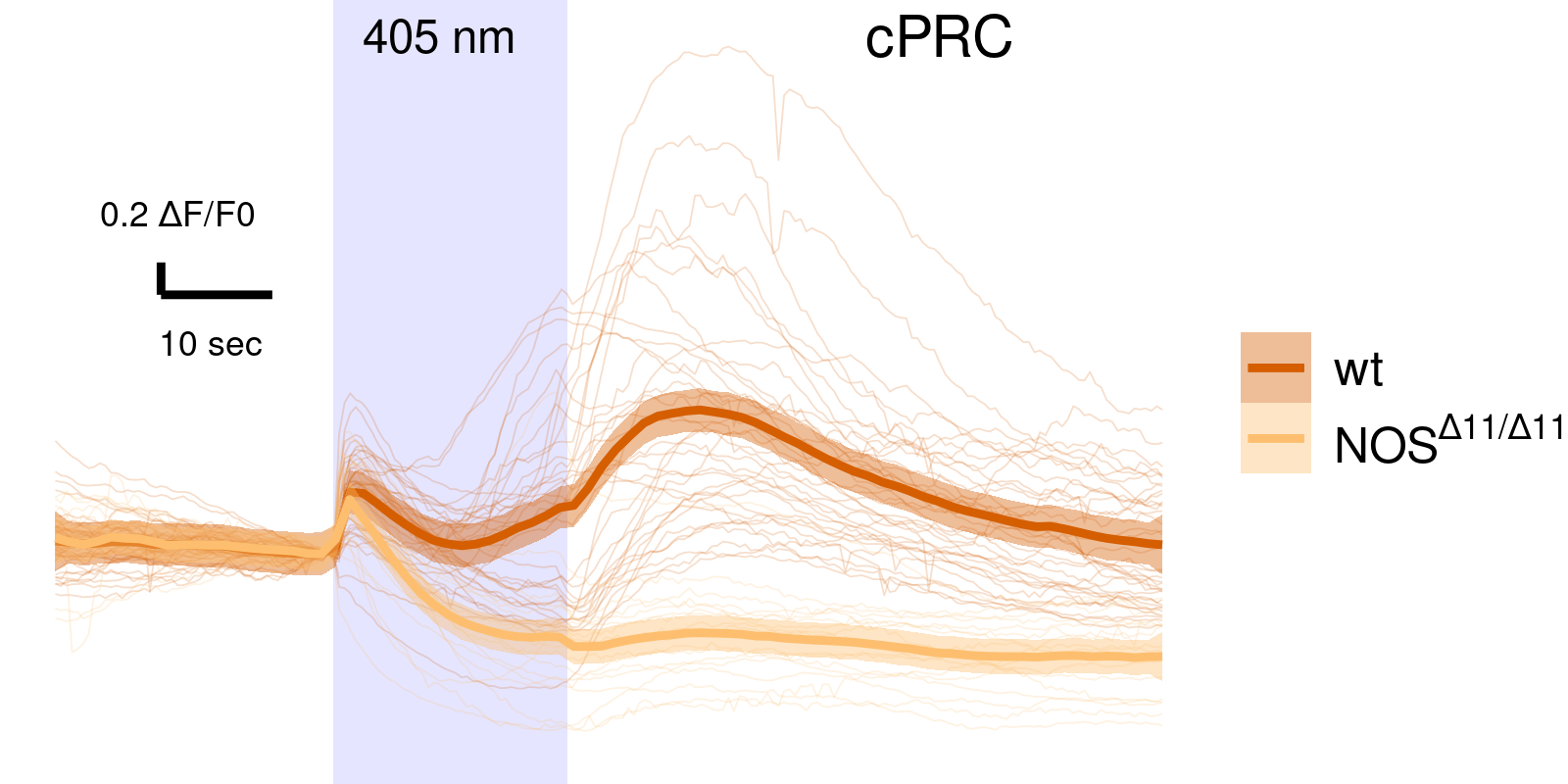
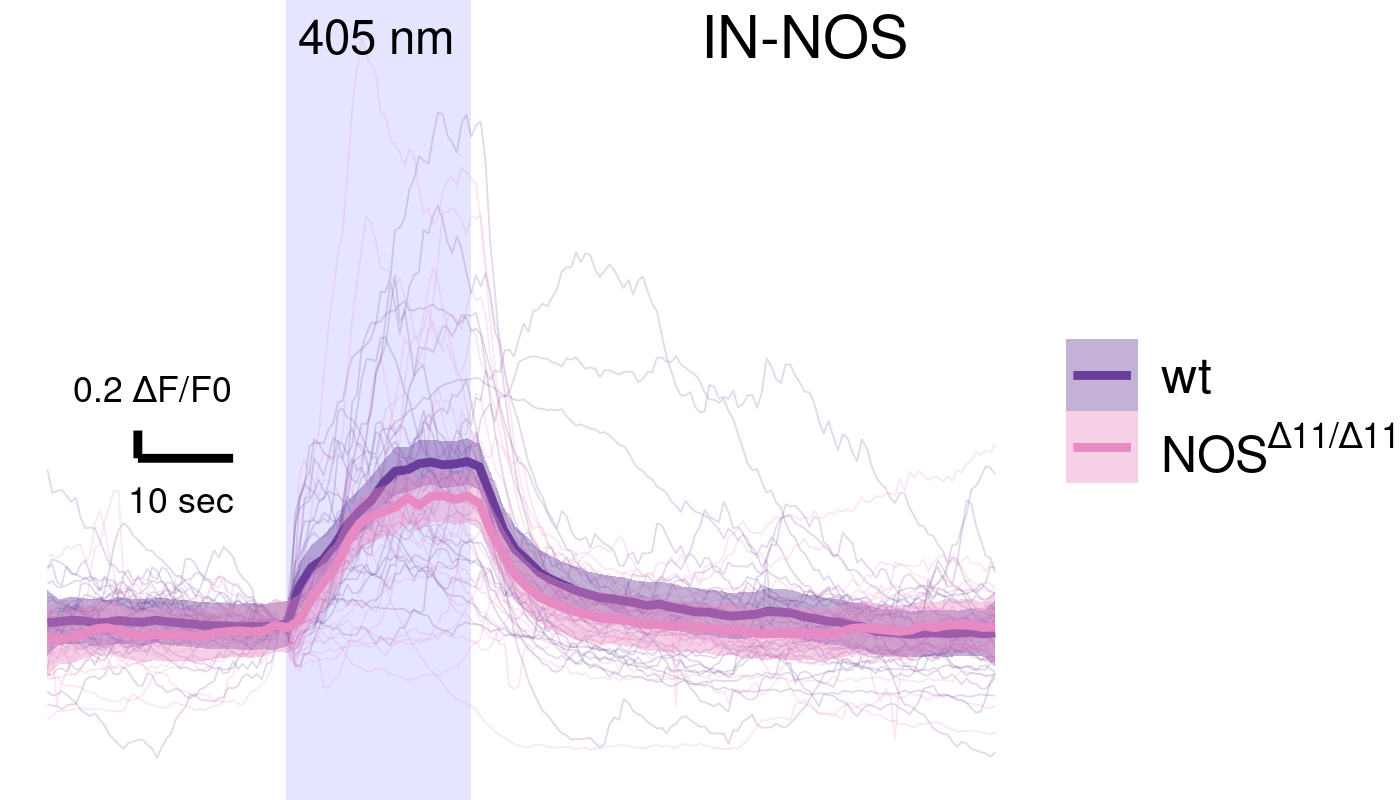
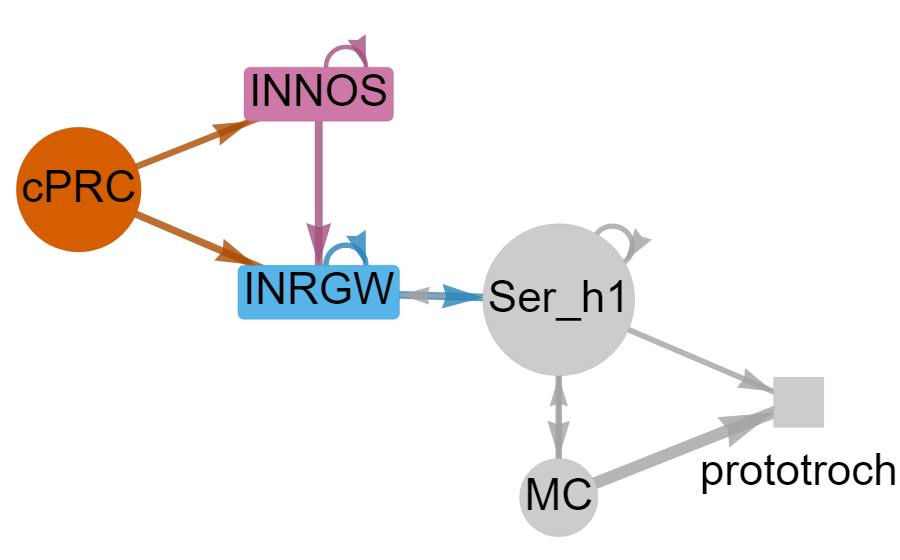
NOS mutants have altered INRGW and motoneuron response
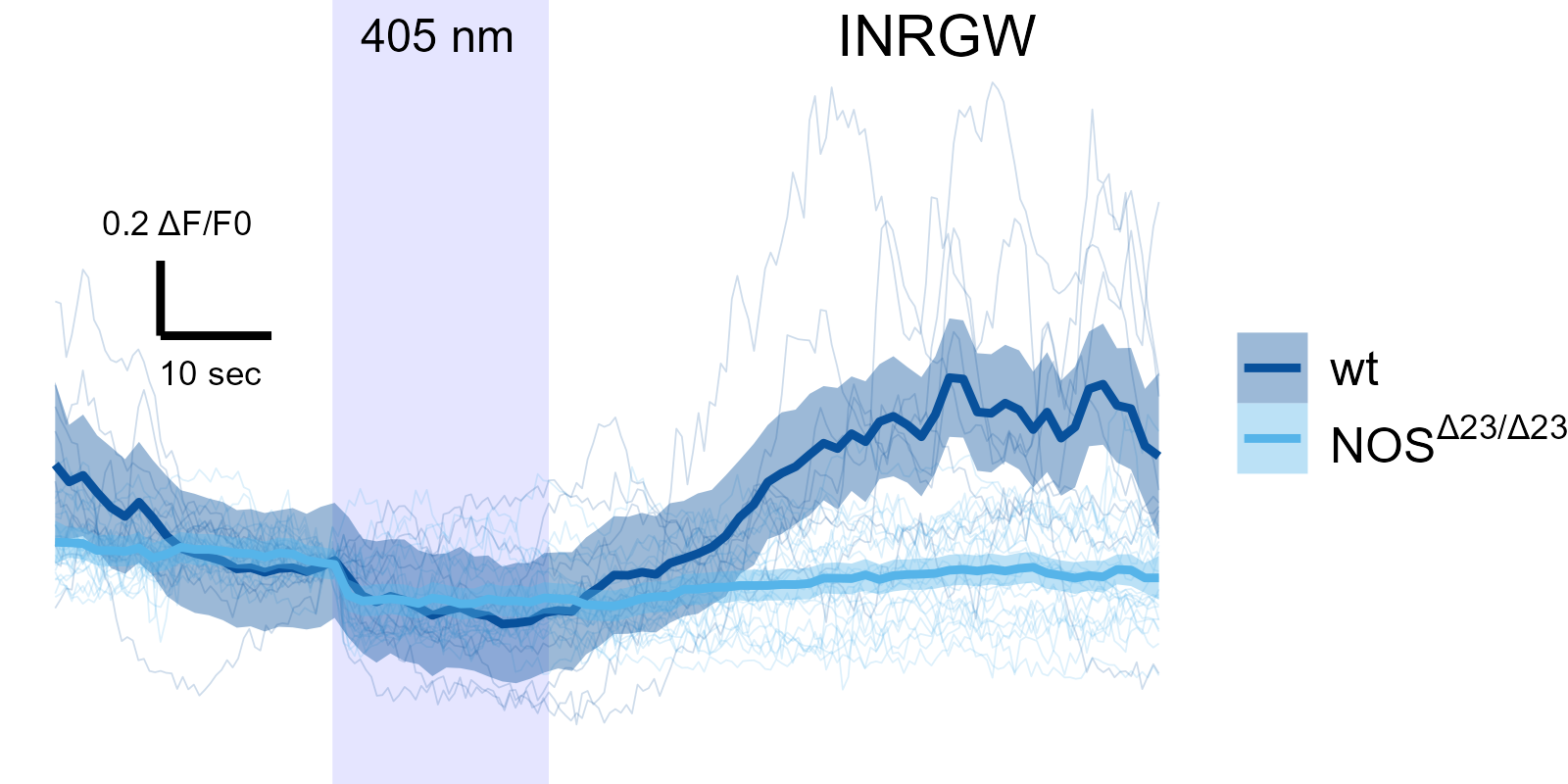
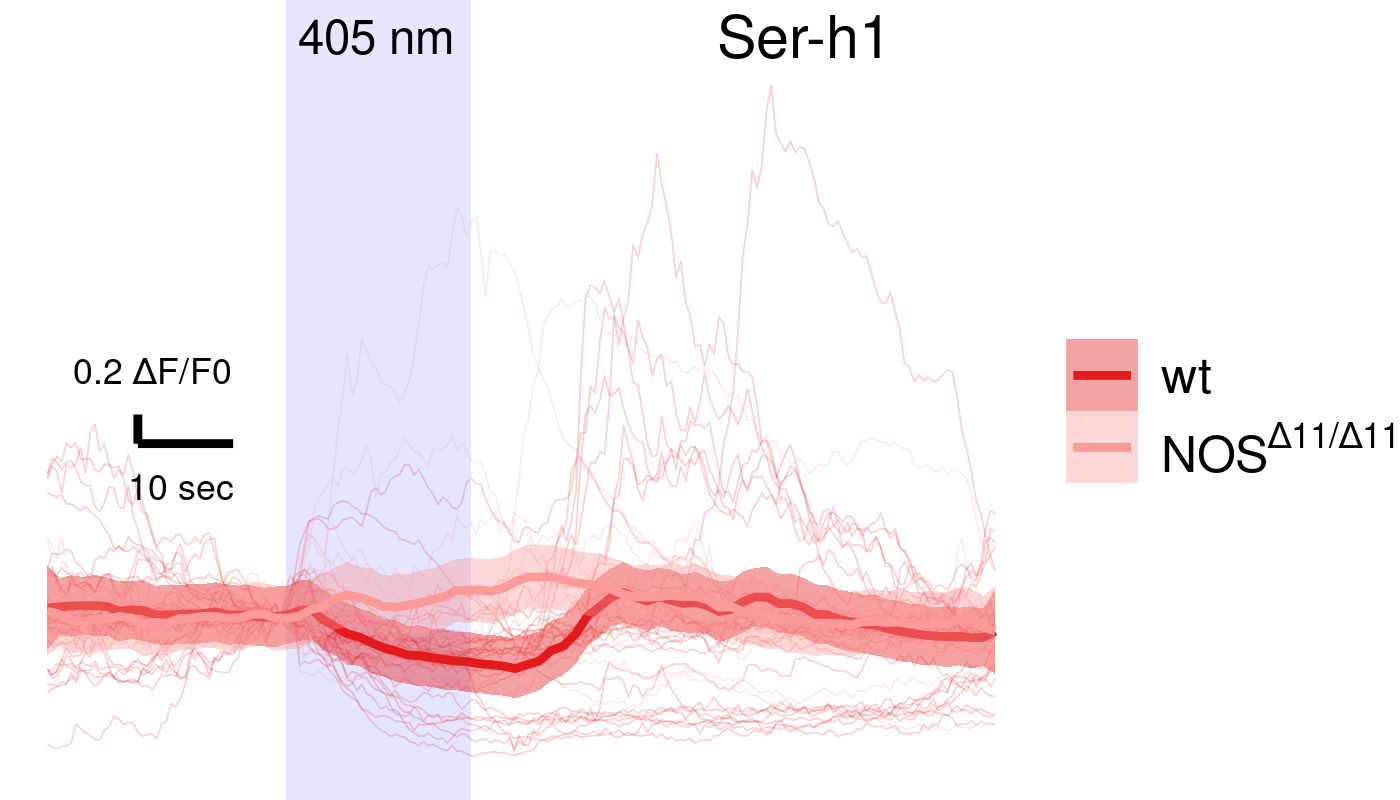

NOS mutants show defective UV avoidance
![]()
Two unusual guanylyl cyclases in the cPRCs
NIT-GC1 RNA
NIT-GC1 protein
NIT-GC2 RNA
NIT-GC2 protein
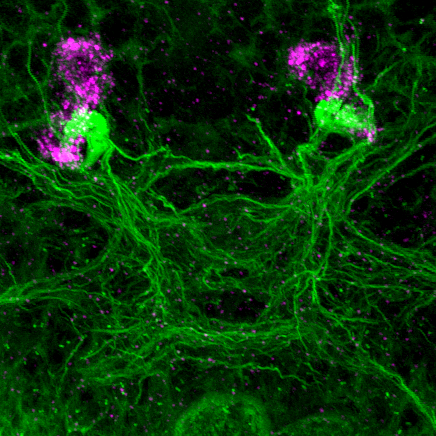
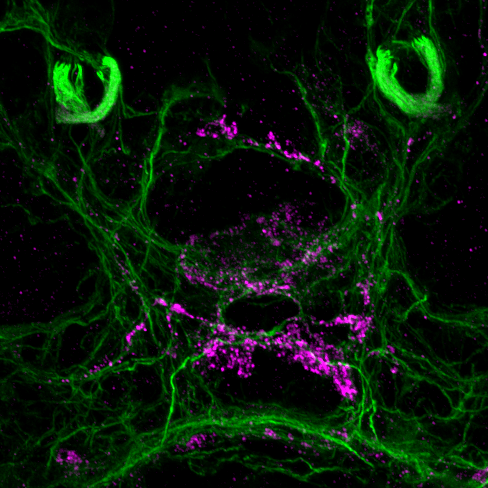
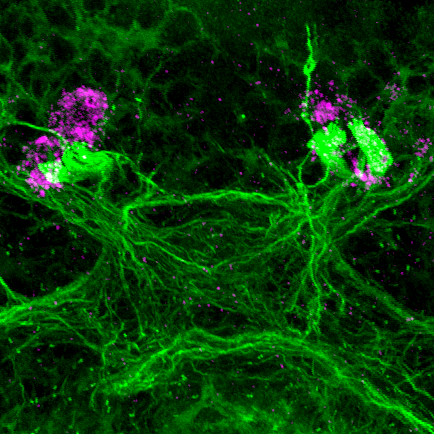
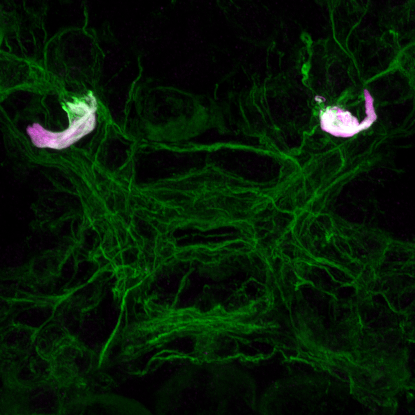
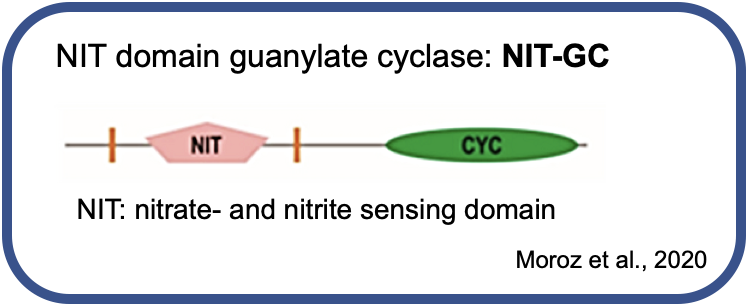
Two unusual guanylyl cyclases in the cPRCs
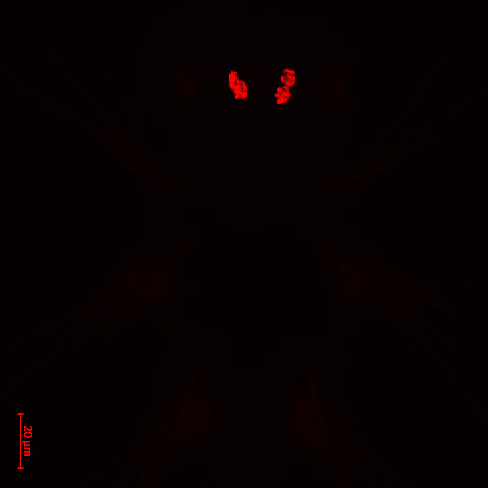
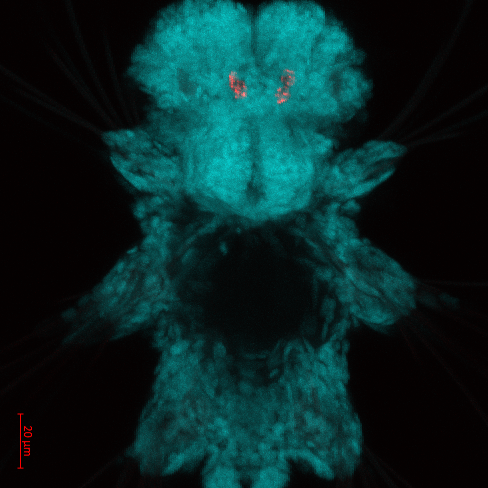
NIT-GC1 mediates NO-feedback

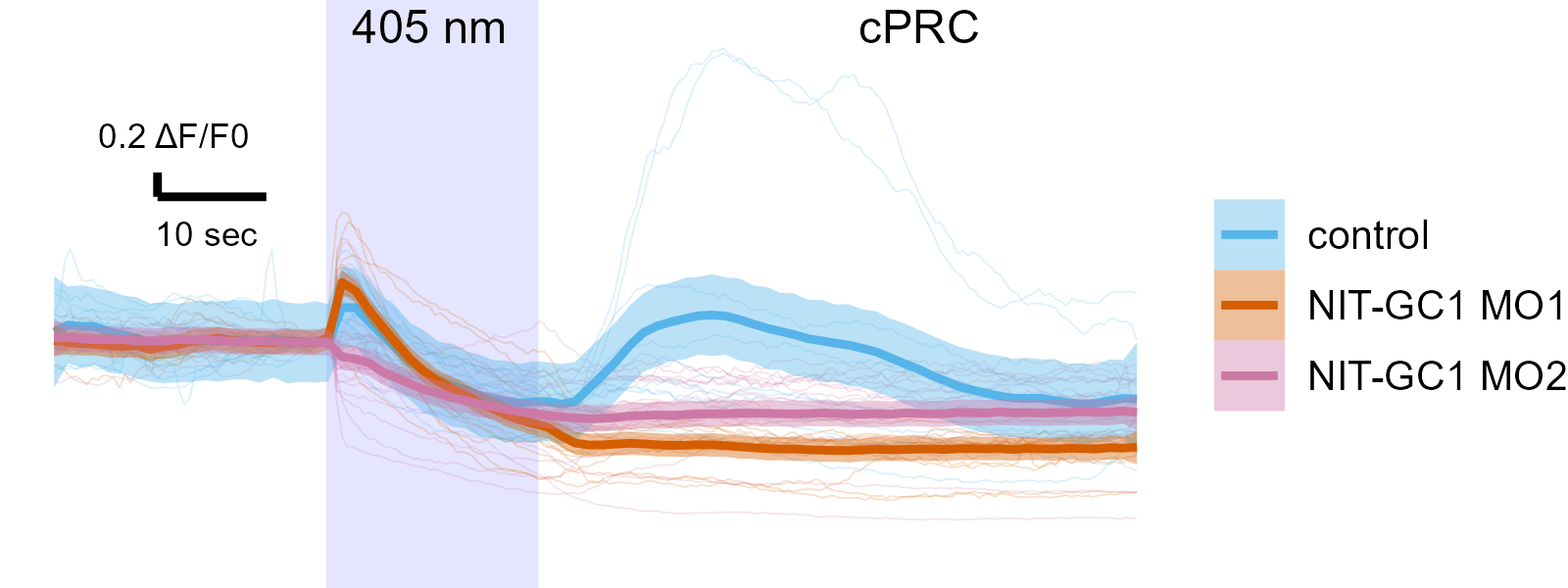
NIT-GC2 mediates phototransduction

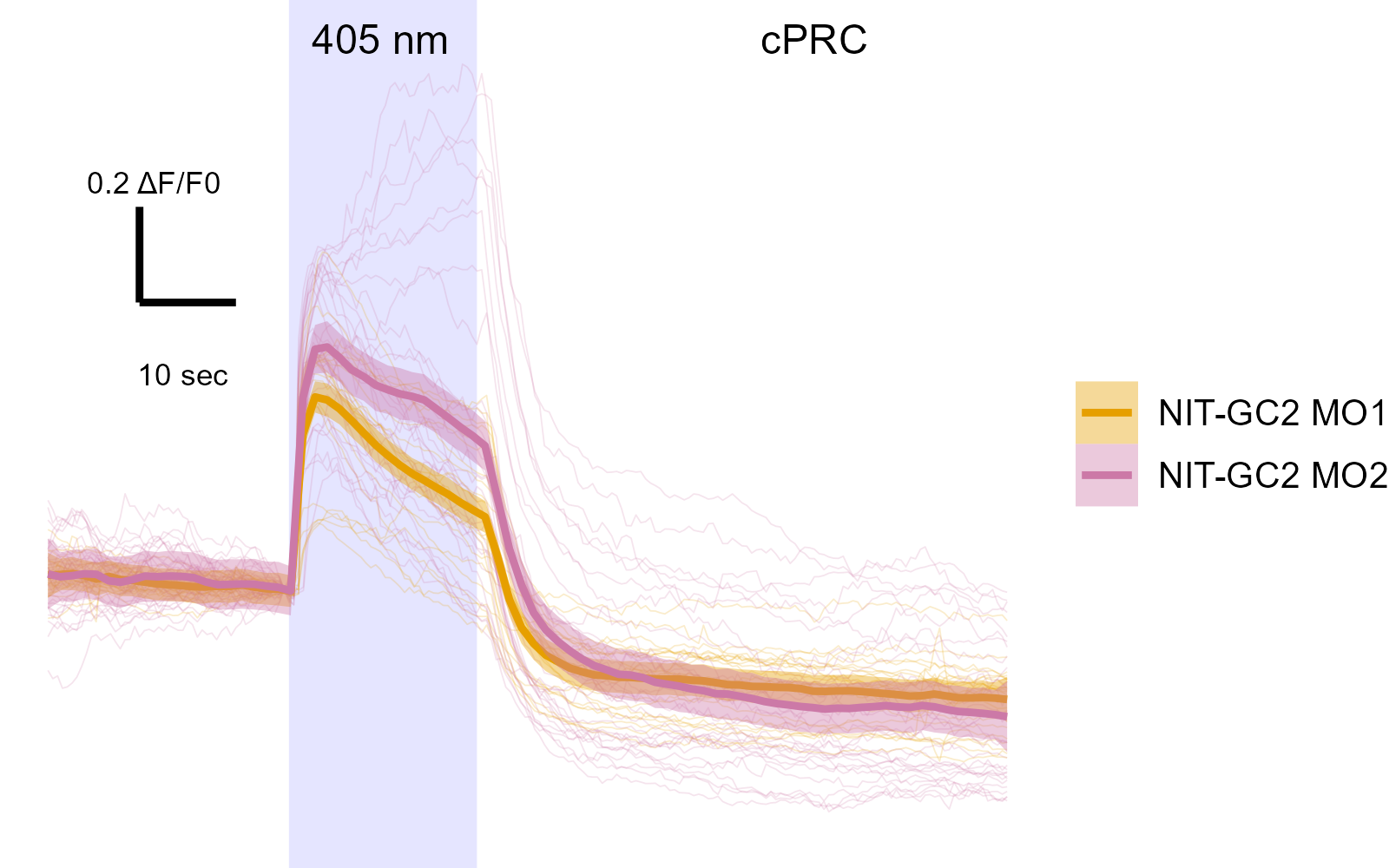
Mathematical modelling of the circuit
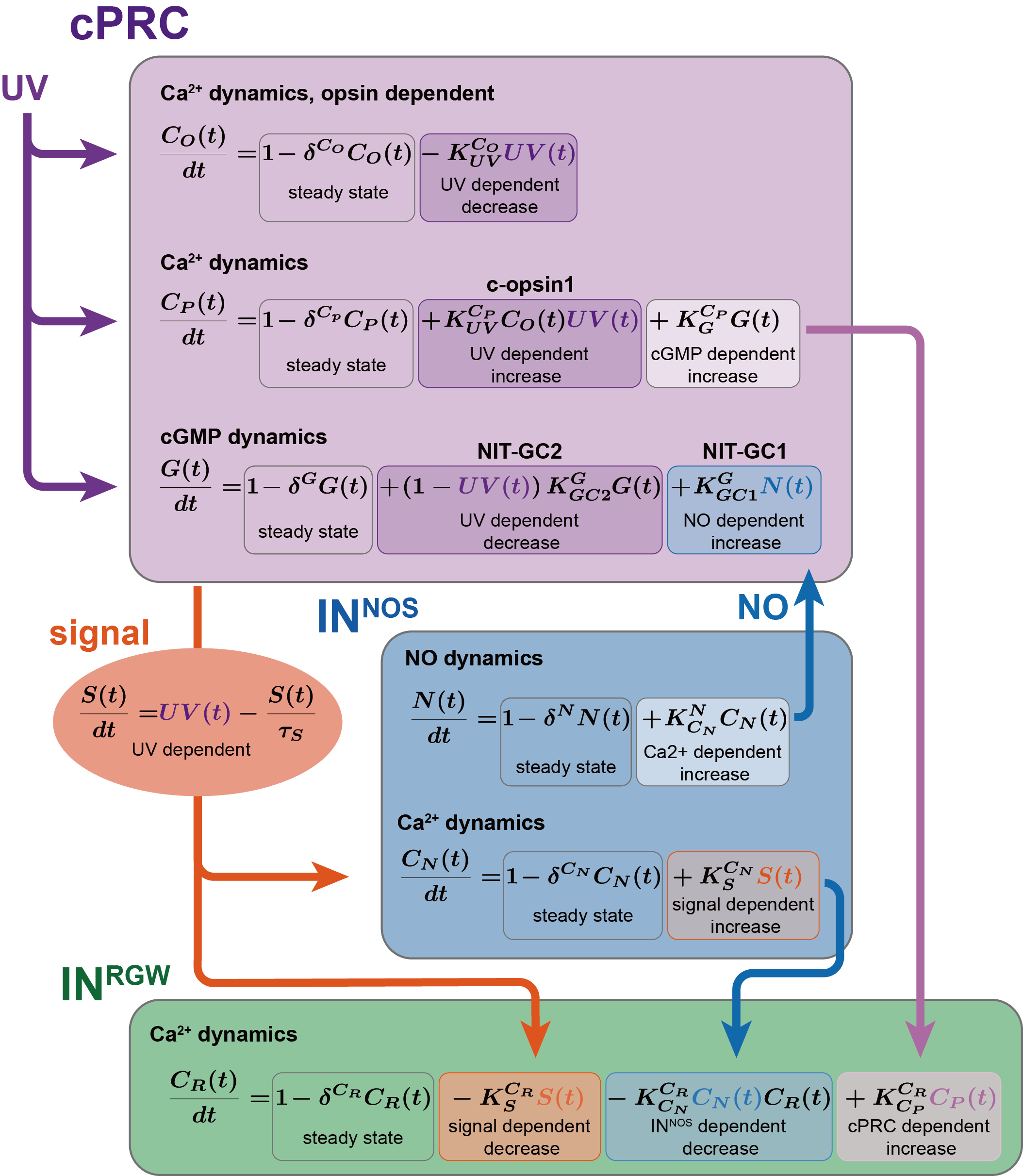

Model fitting
wild type
NOS-11
NOS-23
NIT-GC2 mo.
Integration and memory of UV exposure

Up or down?

 ‘front-wheel drive’ head cilia fast
‘front-wheel drive’ head cilia fast
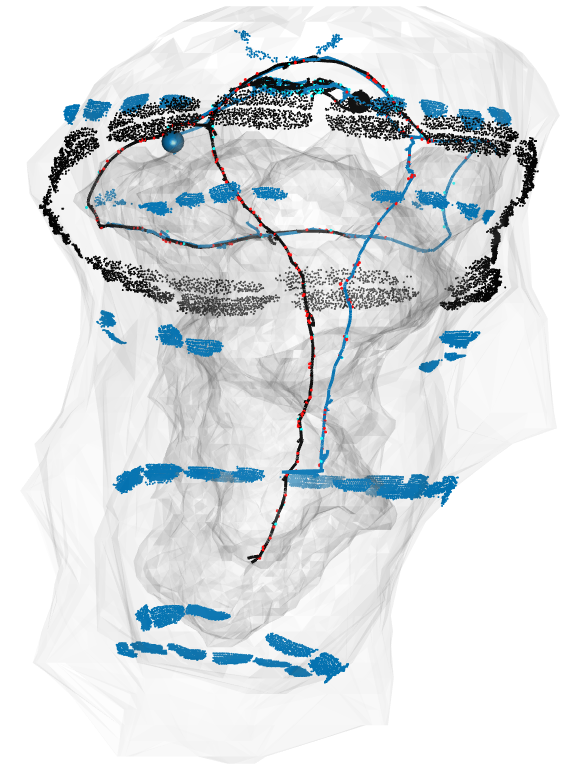 ‘rear-wheel drive’ head cilia slow
‘rear-wheel drive’ head cilia slow
but reviewer 2 asked us to …
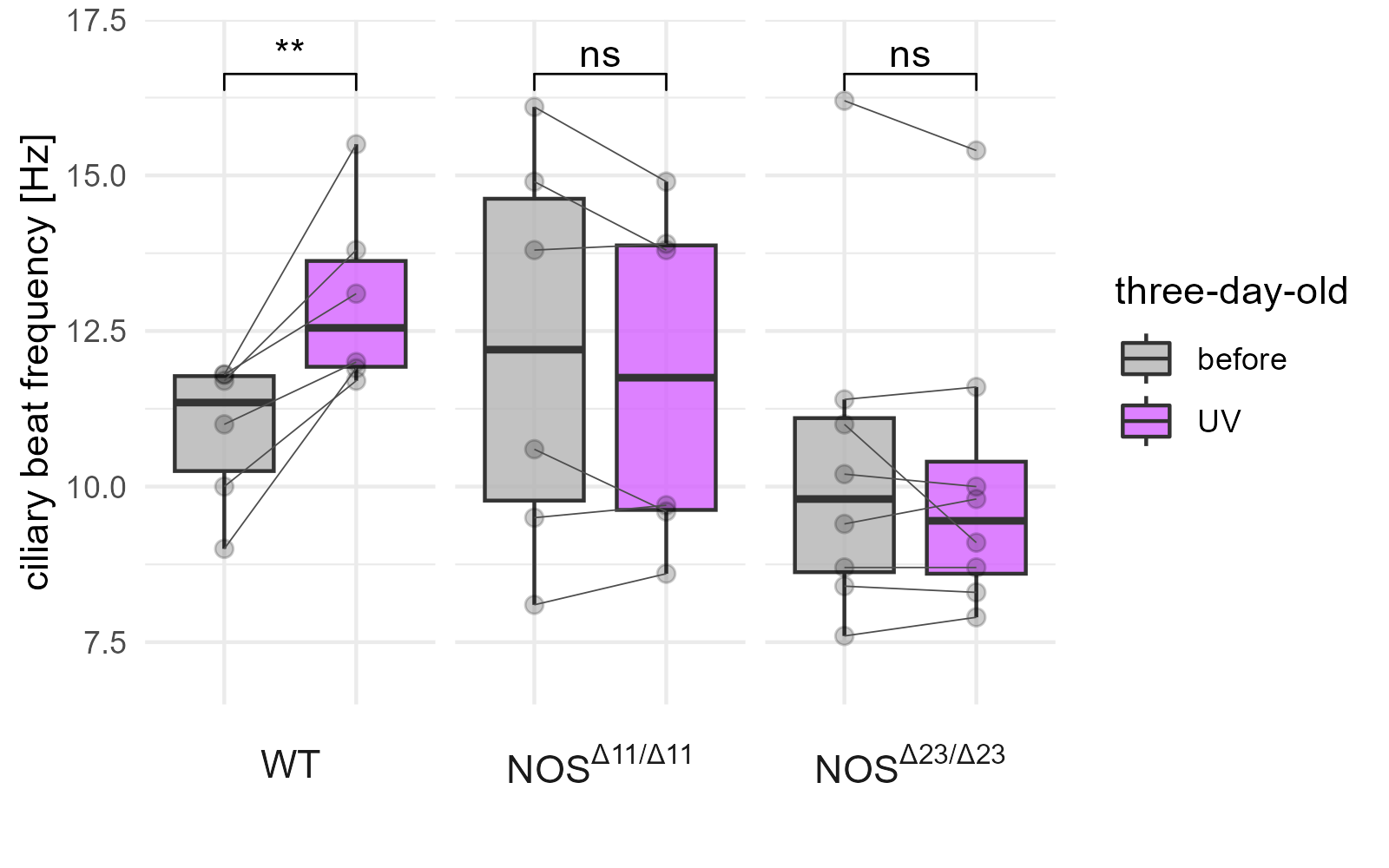 ciliary beat frequency
ciliary beat frequency
![]() Swimming speed
Swimming speed
Acknowledgements
- Alexandra Kerbl
- Karel Mocaer
- Sanja Jasek
- David Hug
- Jules Duruz
- Mateusz Kostecki
- Benedikt Dürr
- Kata Szabó
- Iva Verbanac
- Lara Keweloh
- Emily Savage
- Simone Wolters
- Selin Heinzelmann
- Kevin Urbansky


Alumni
- Kei Jokura (NIBB, Okazaki)
- Luis Bezares (LBDV, Villefranche-sur-mer)
- Emelie Brodrick (Sussex)
Facilities
- EM Core Facility
- Réza Shahidi
- Charlotta Funaya
- Nikon Imaging Centre
- Ulrike Engel

